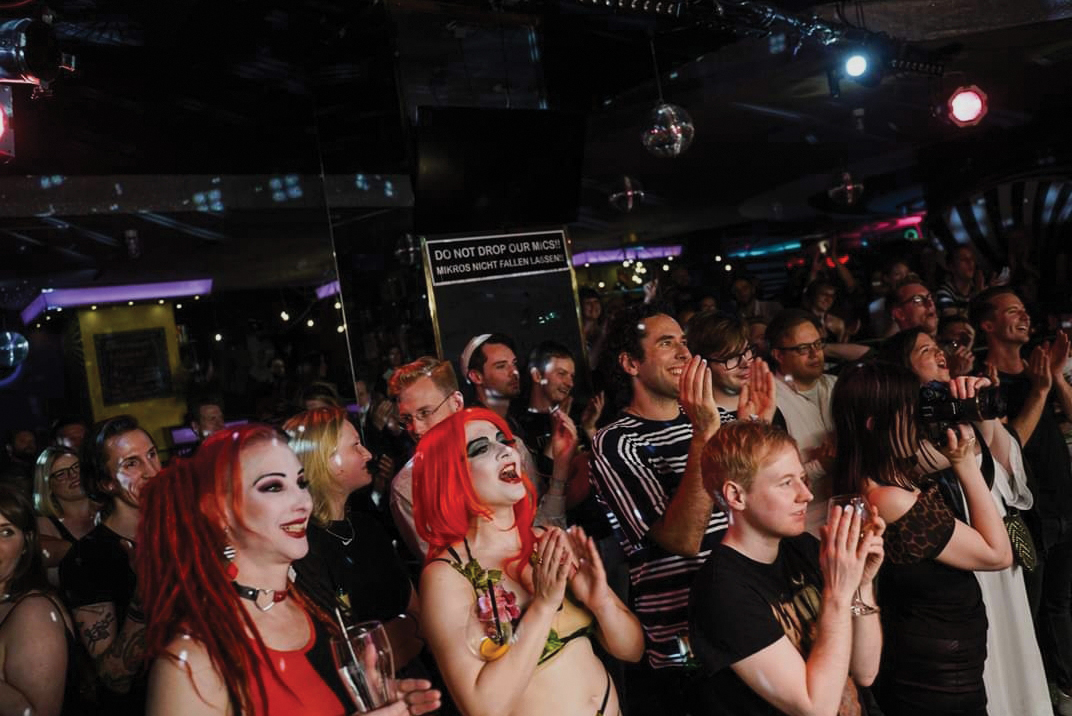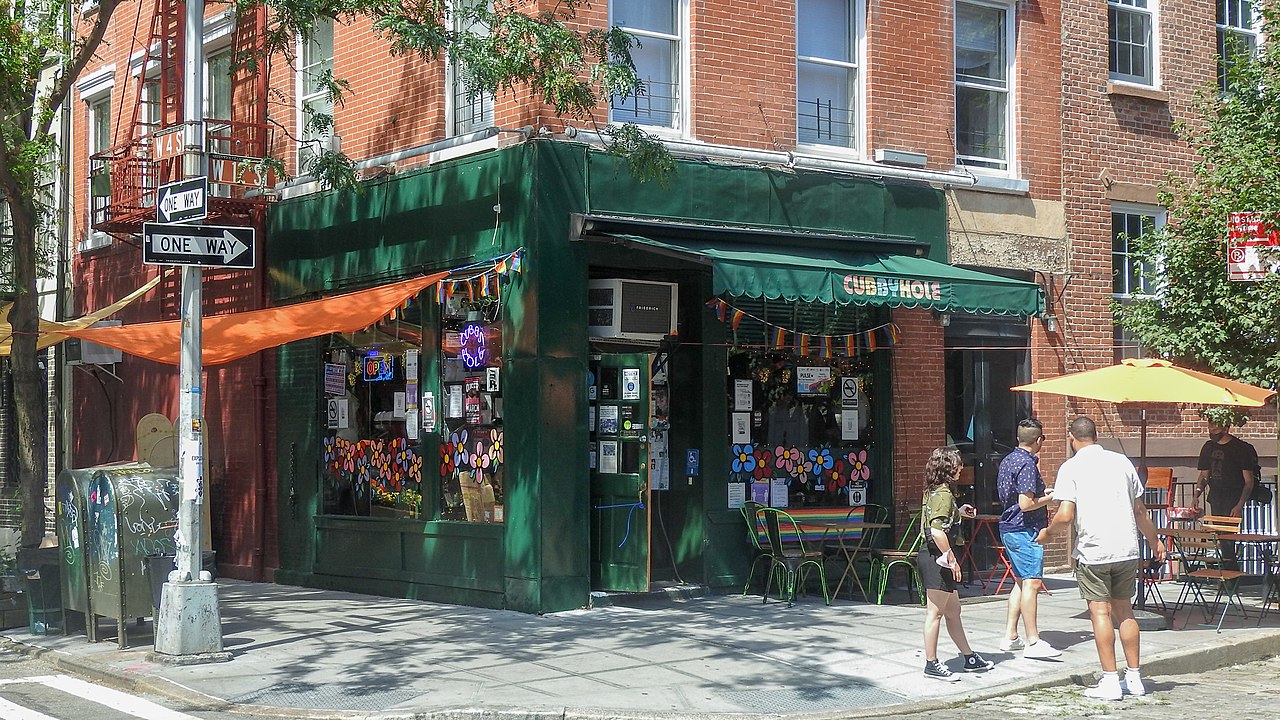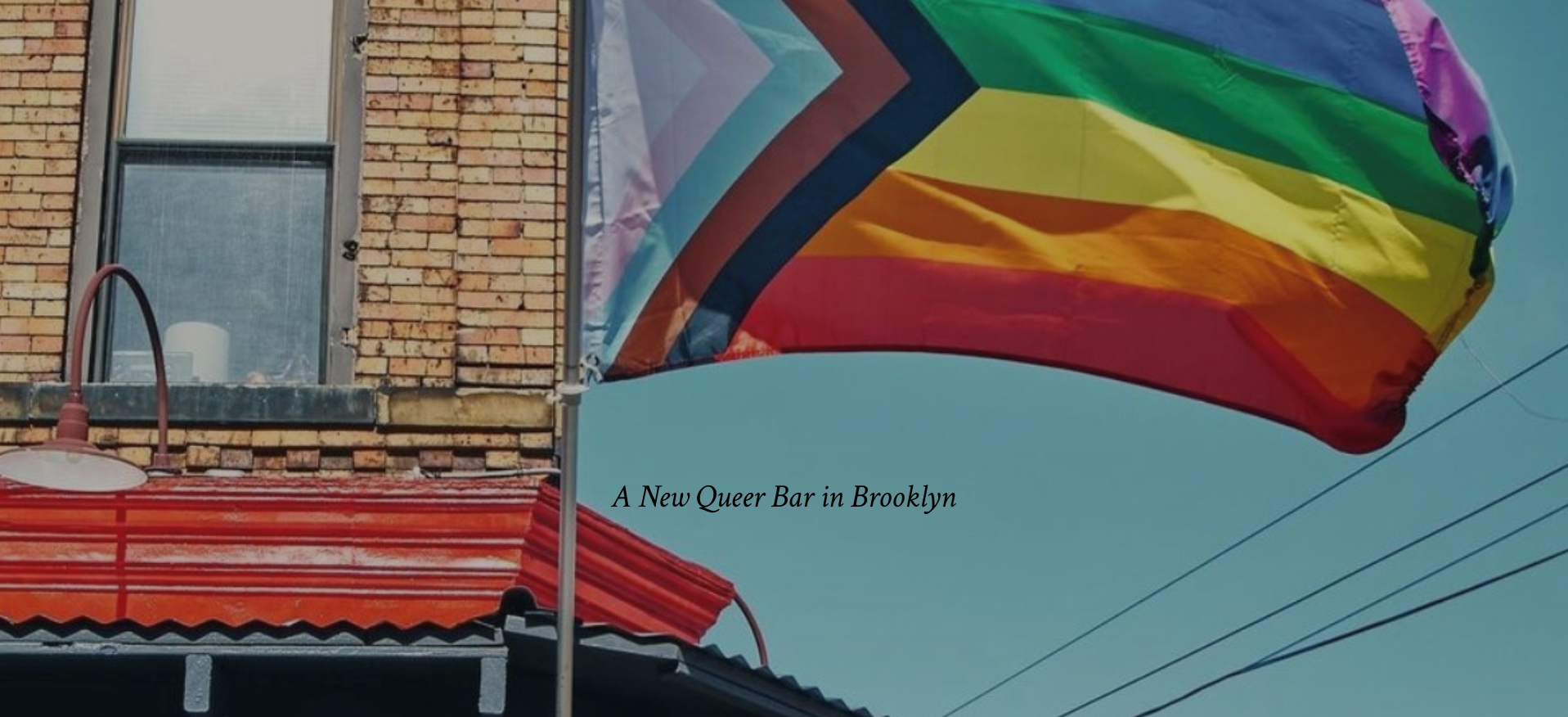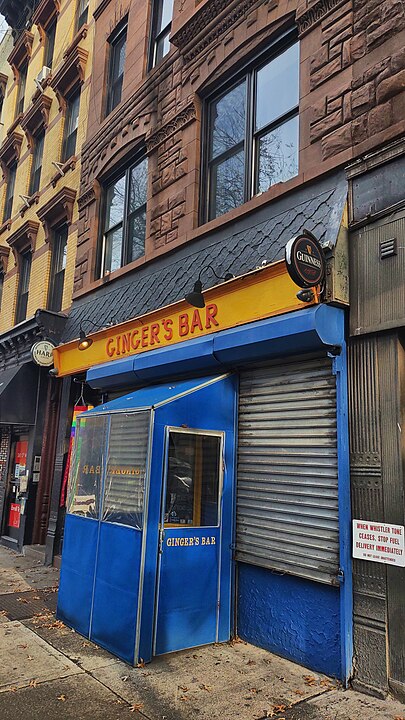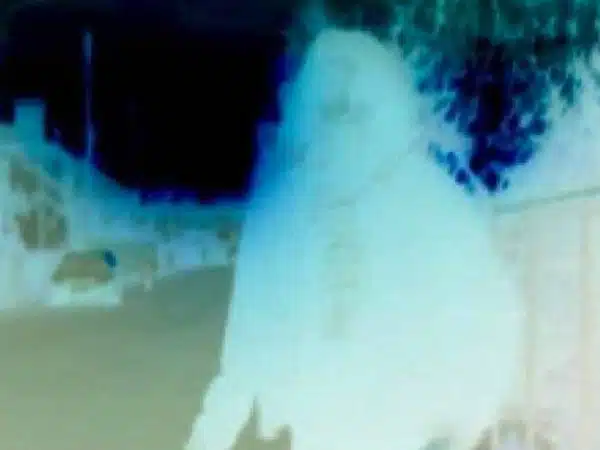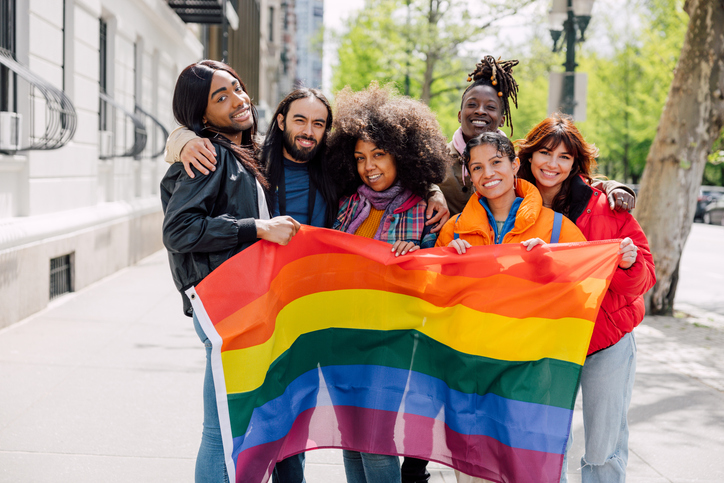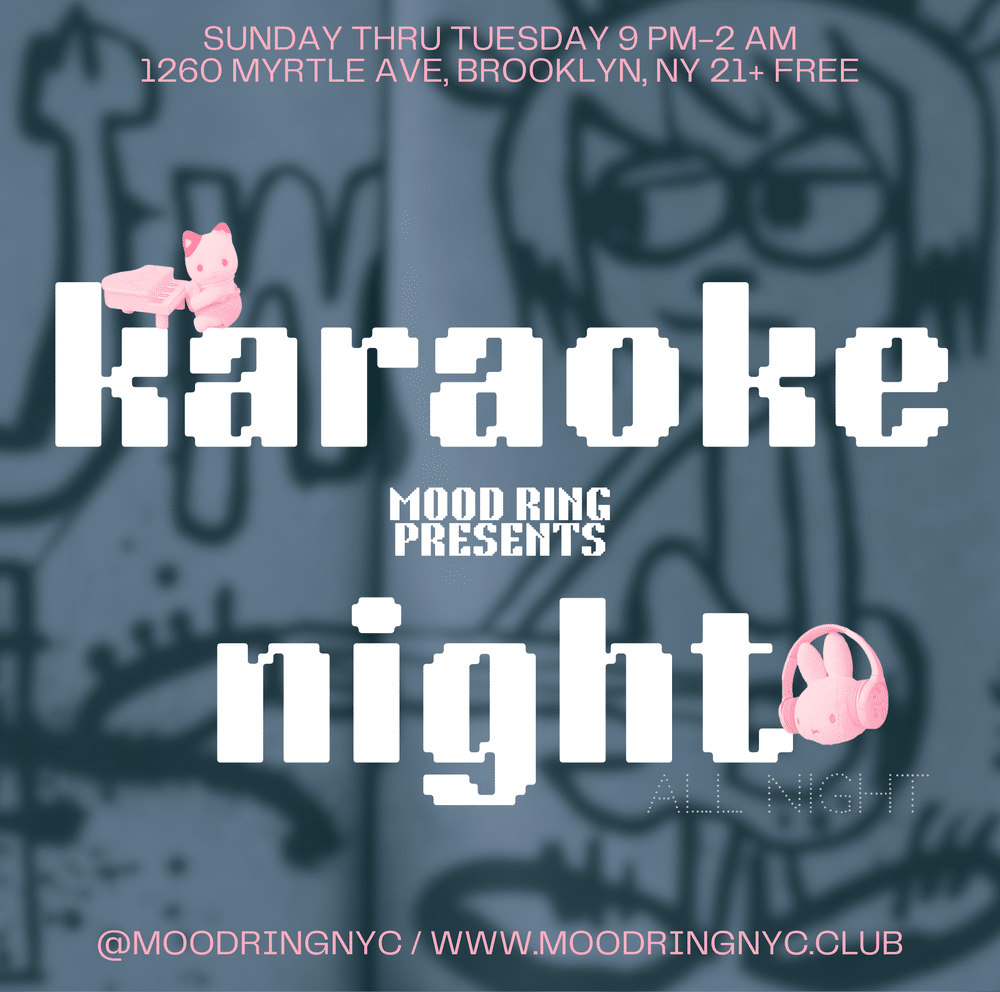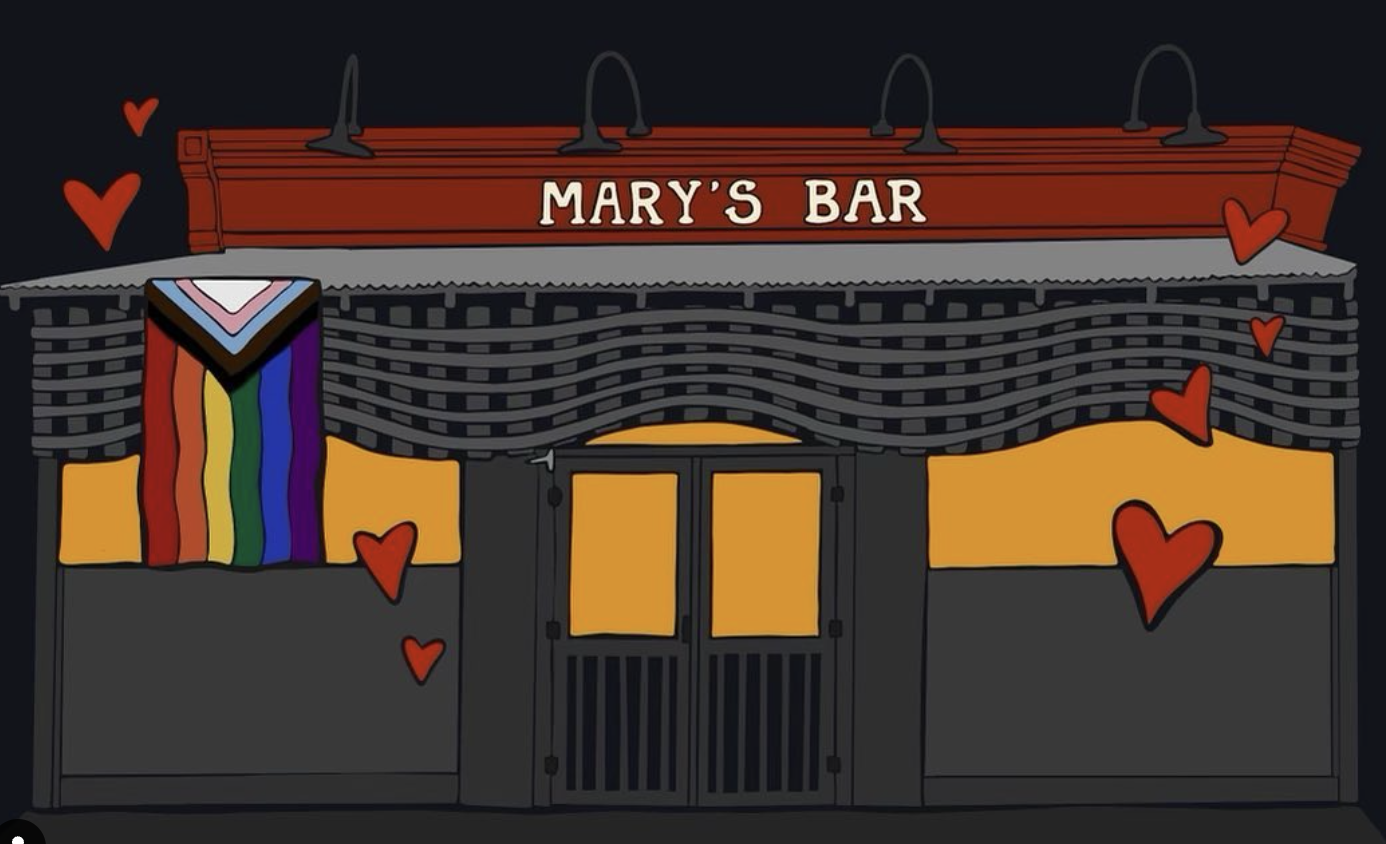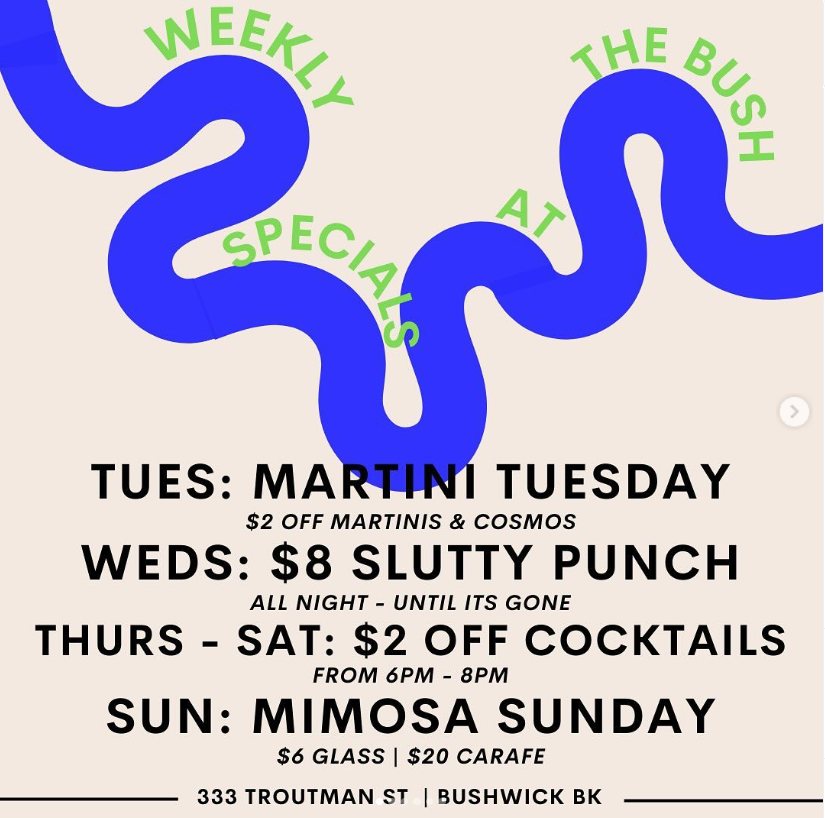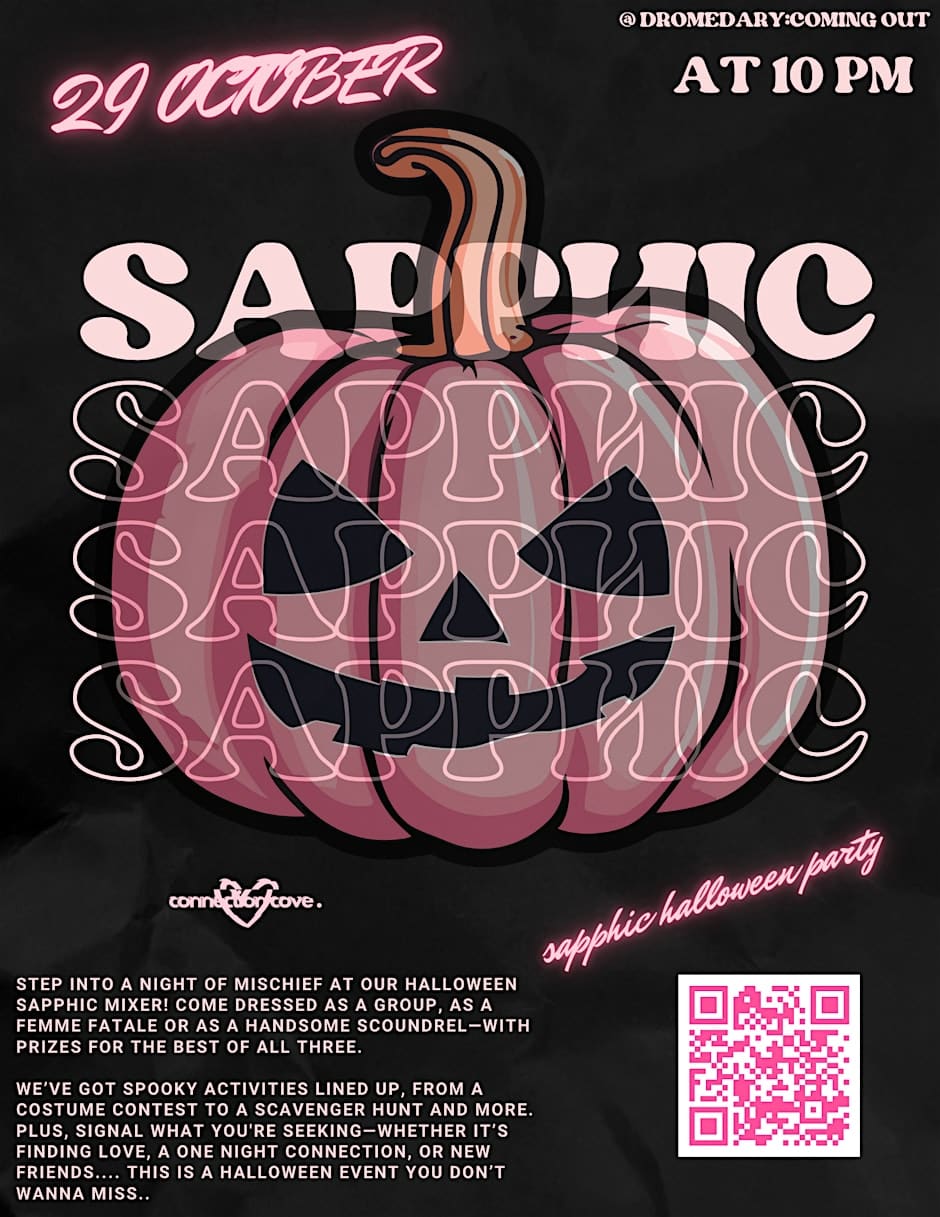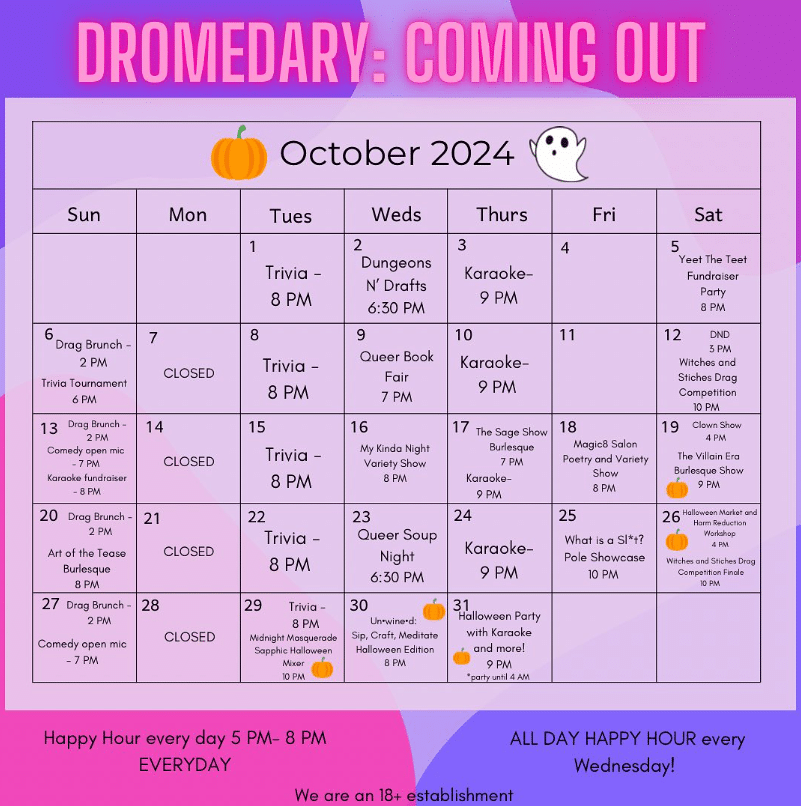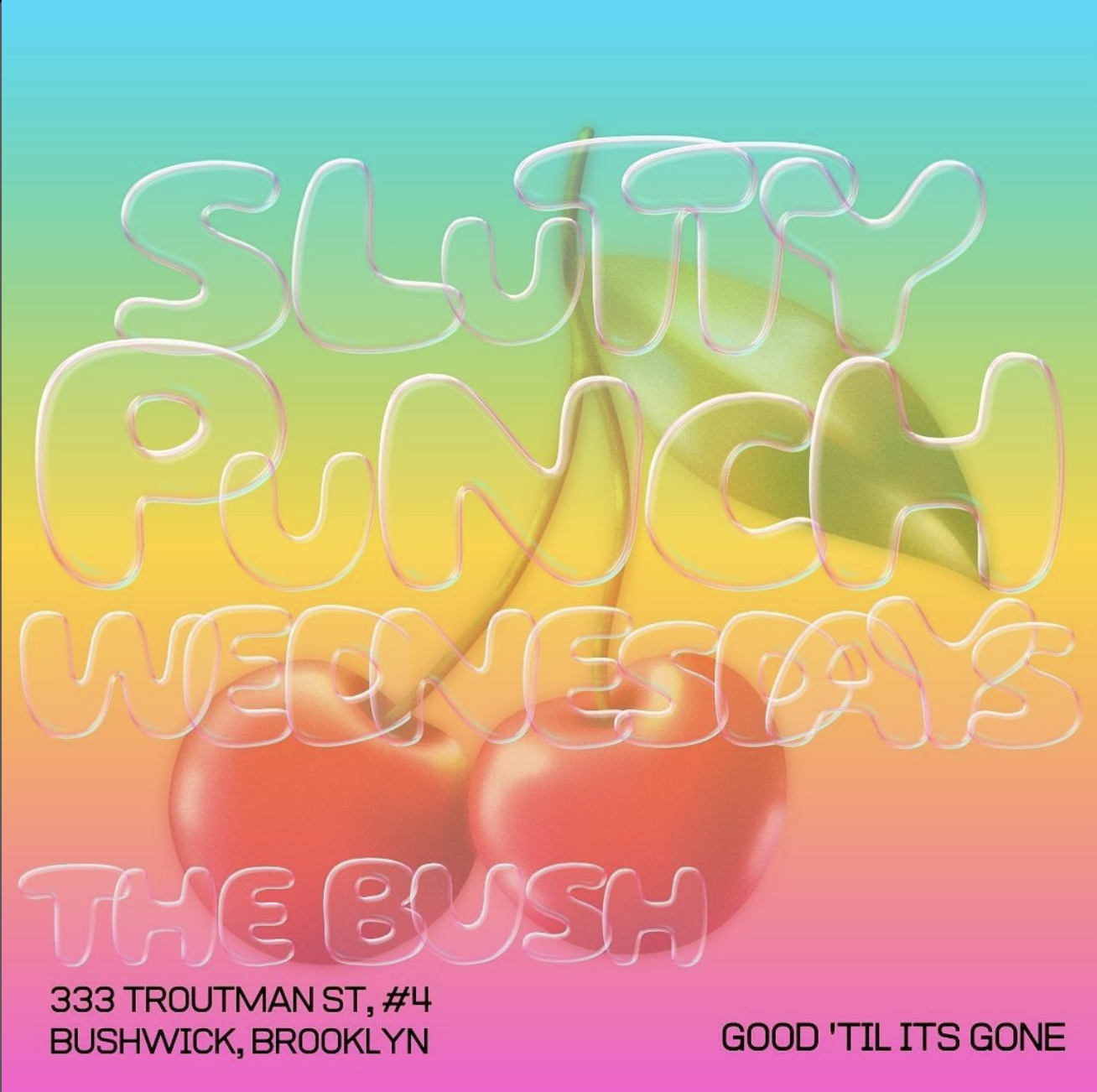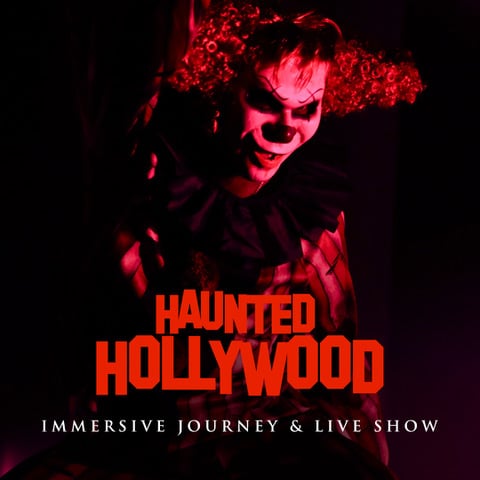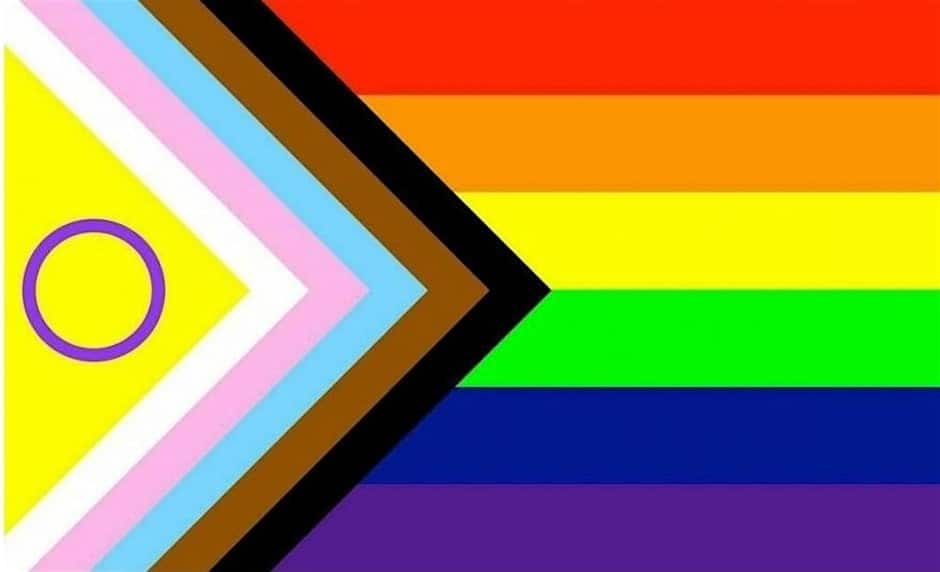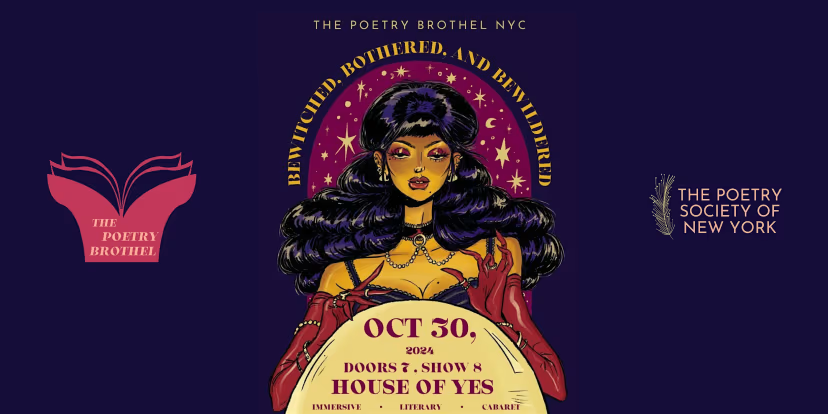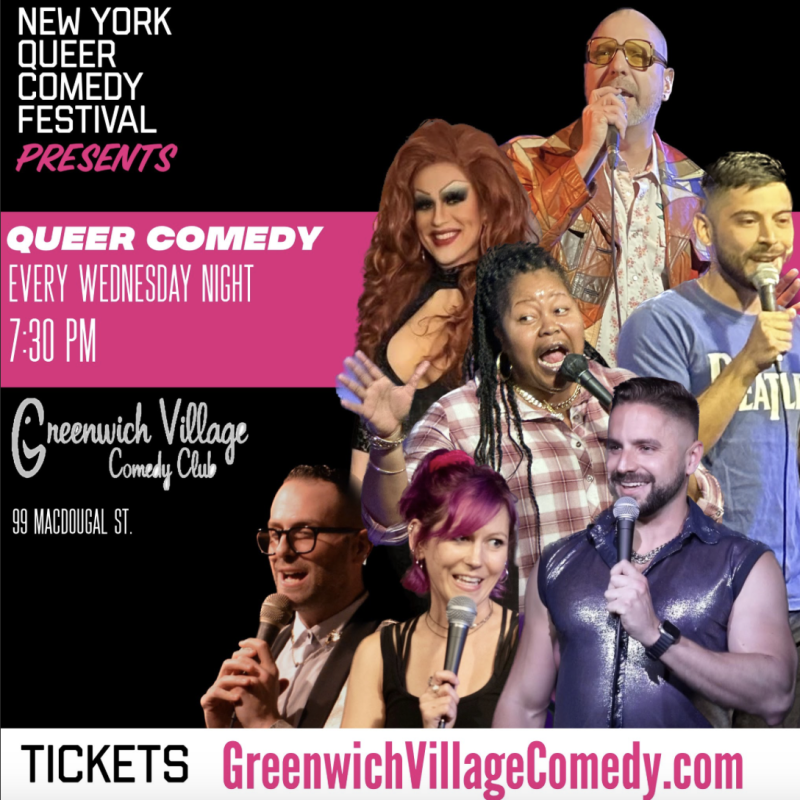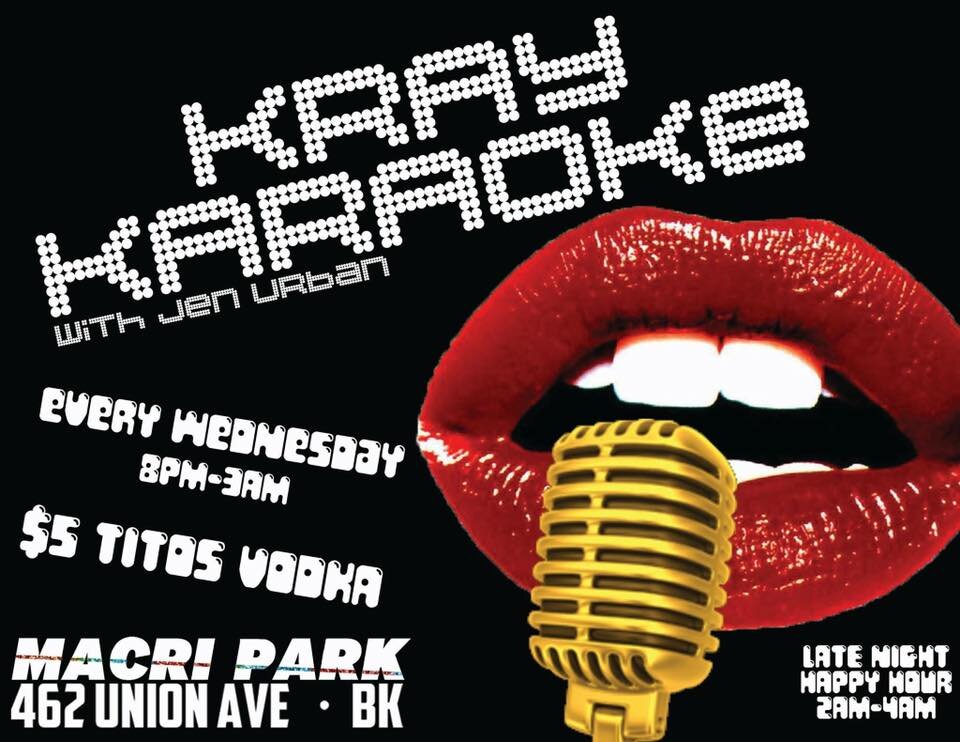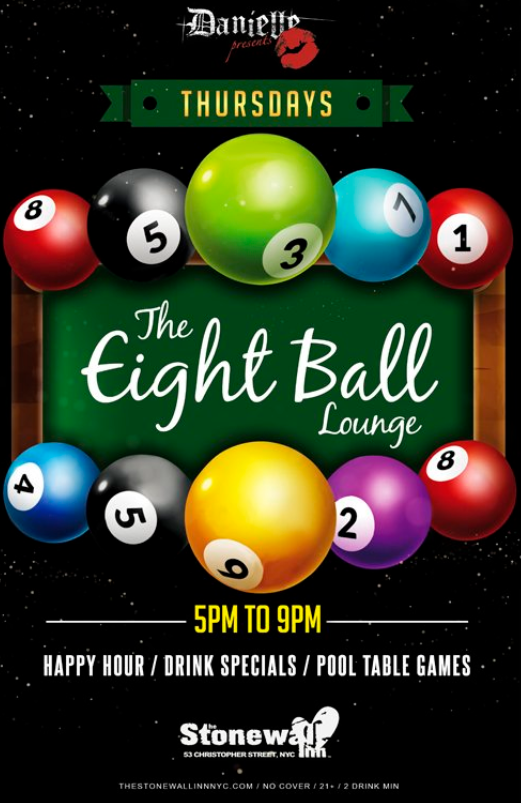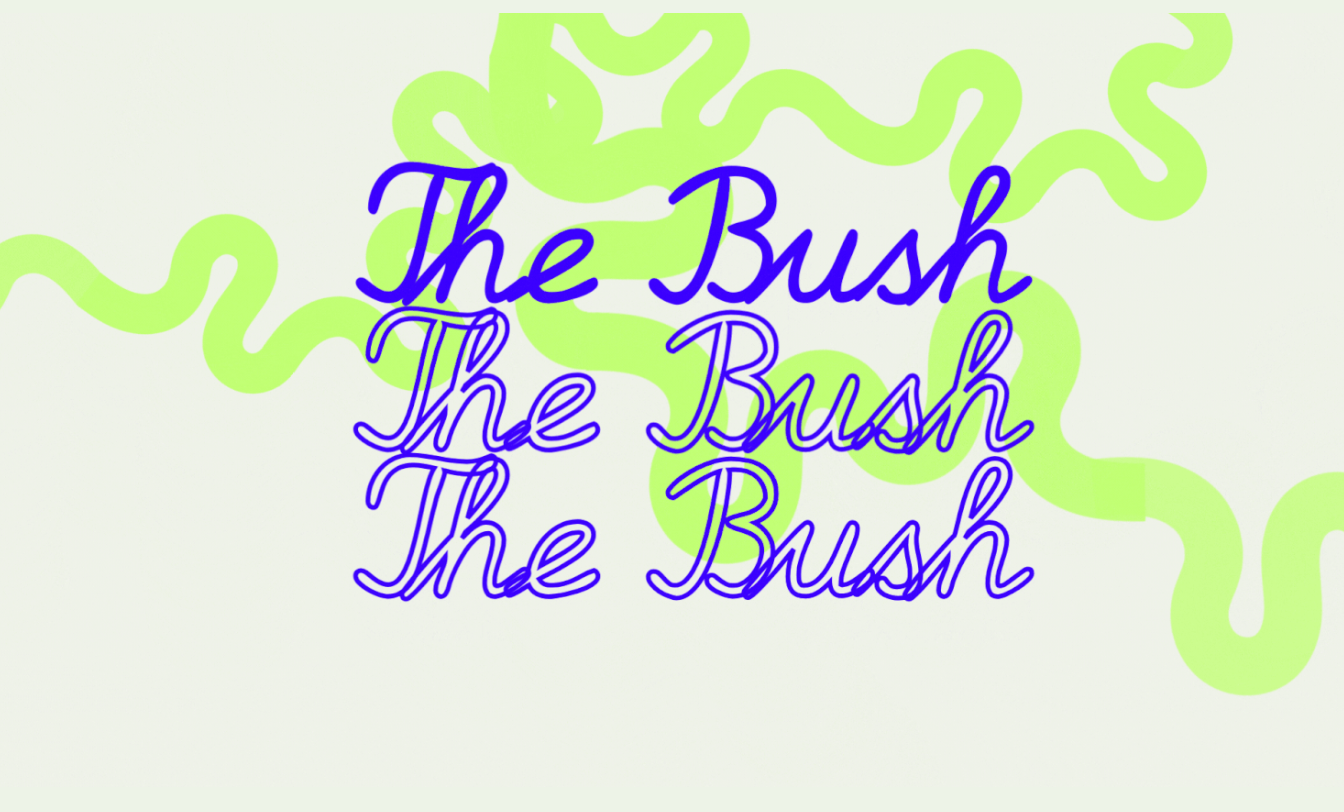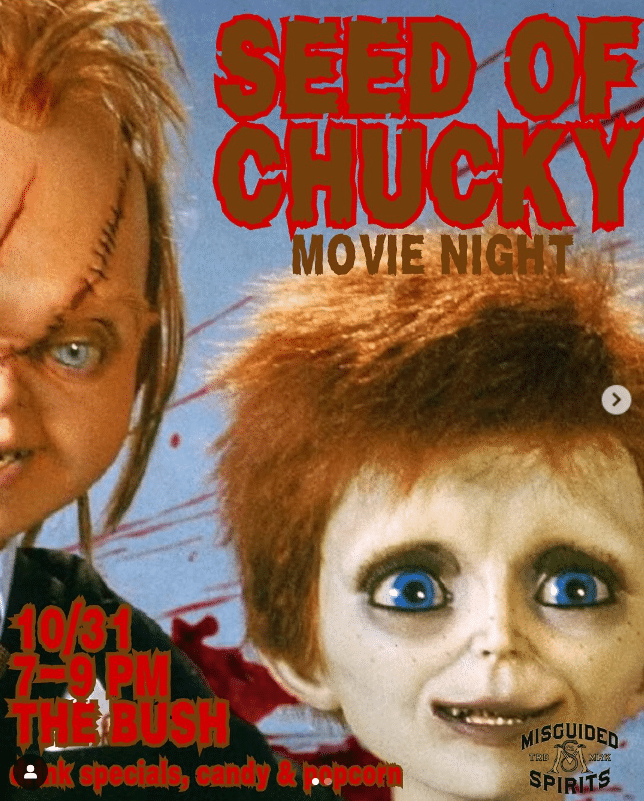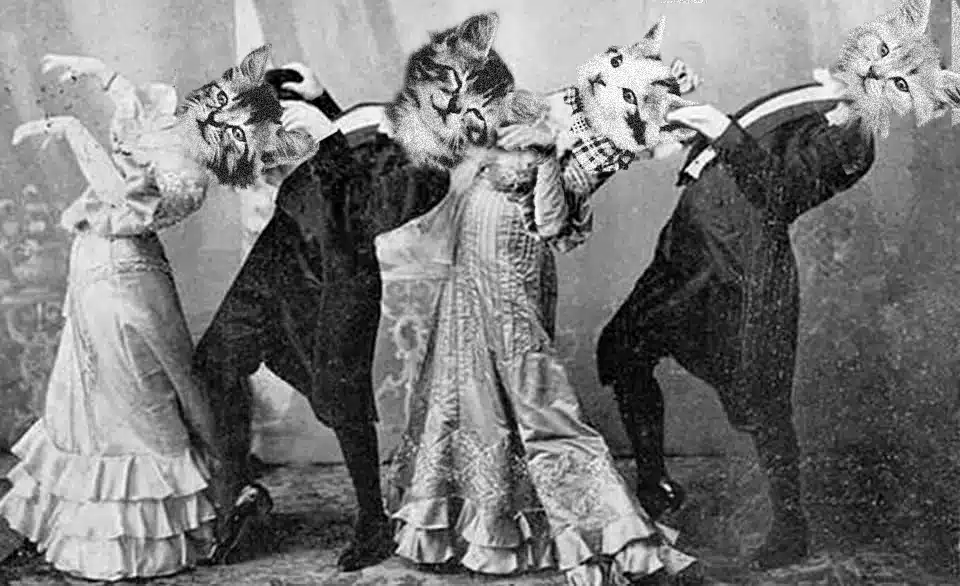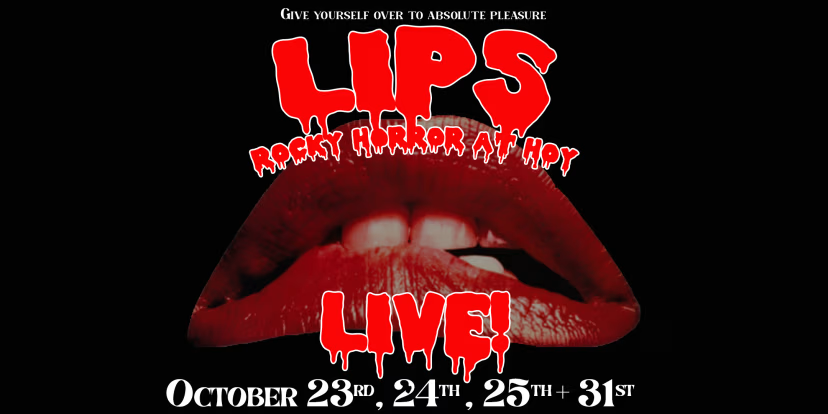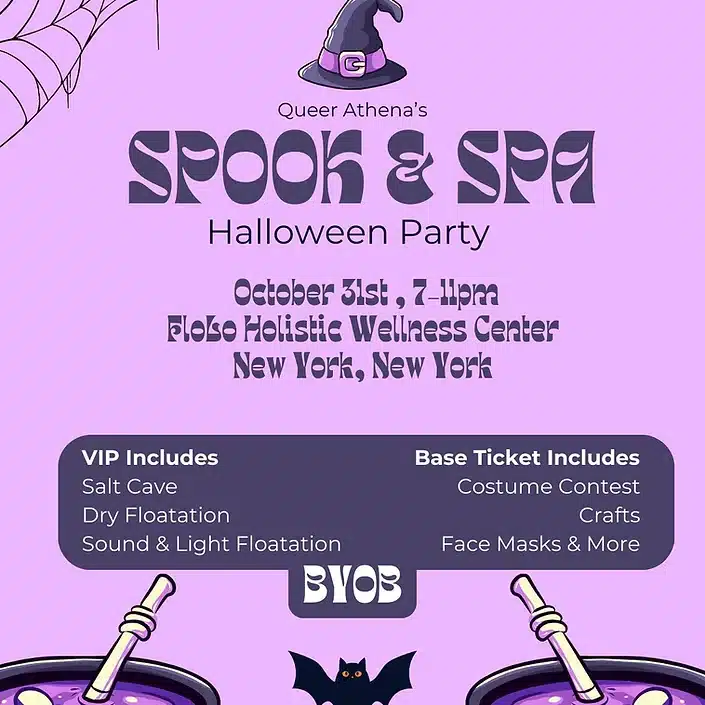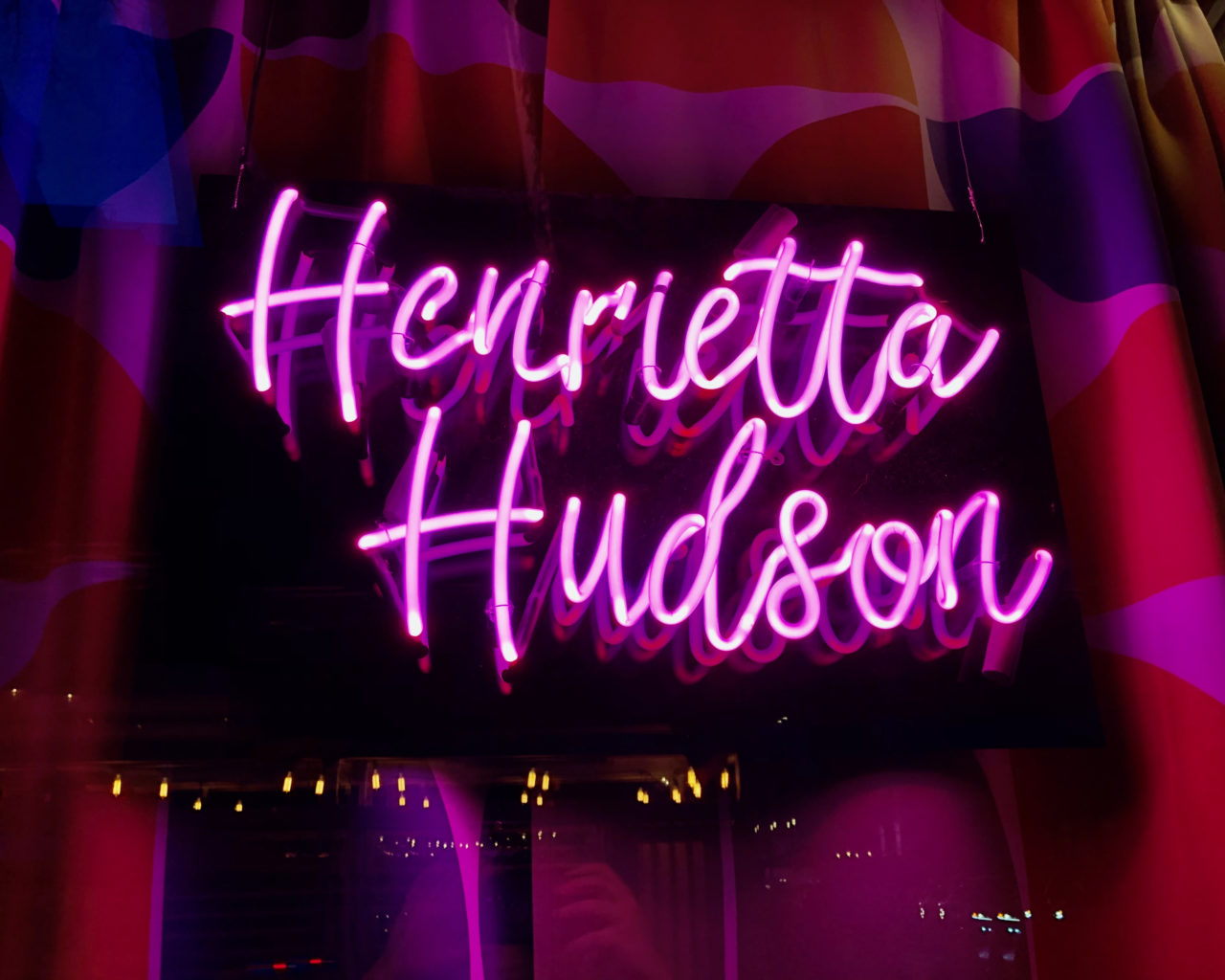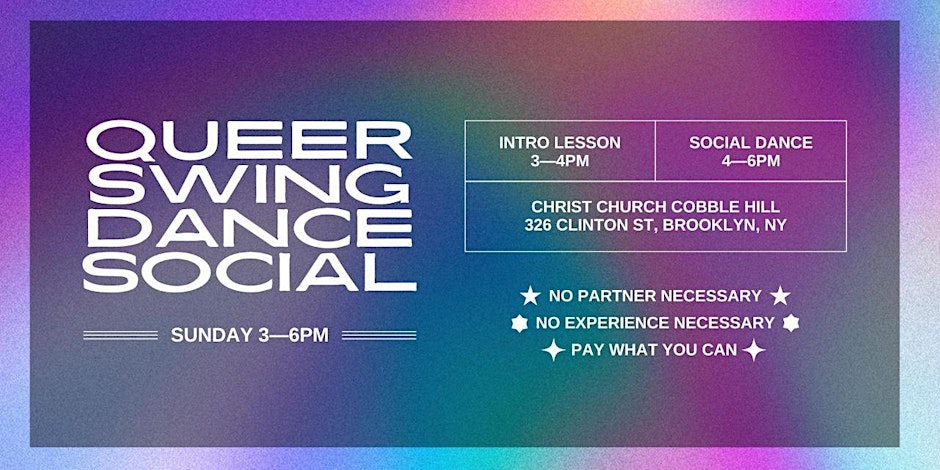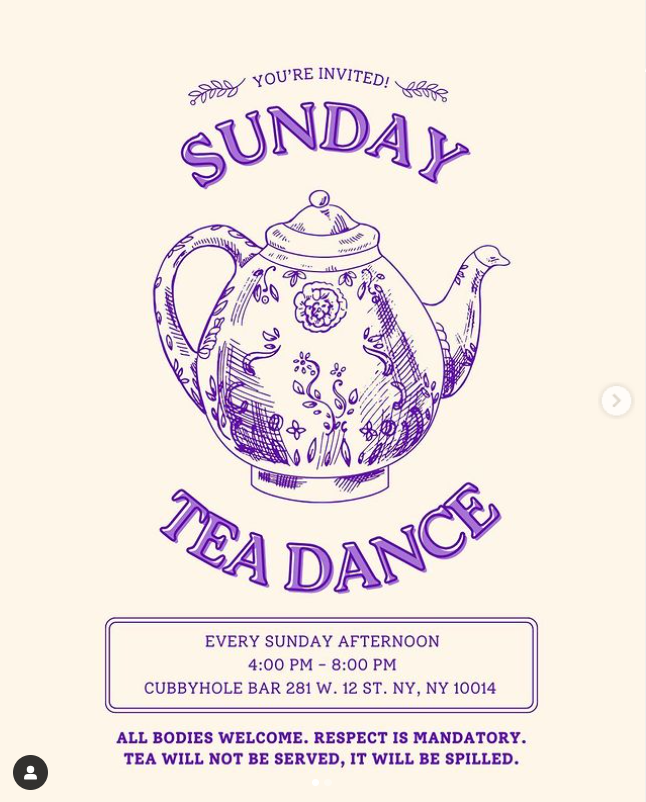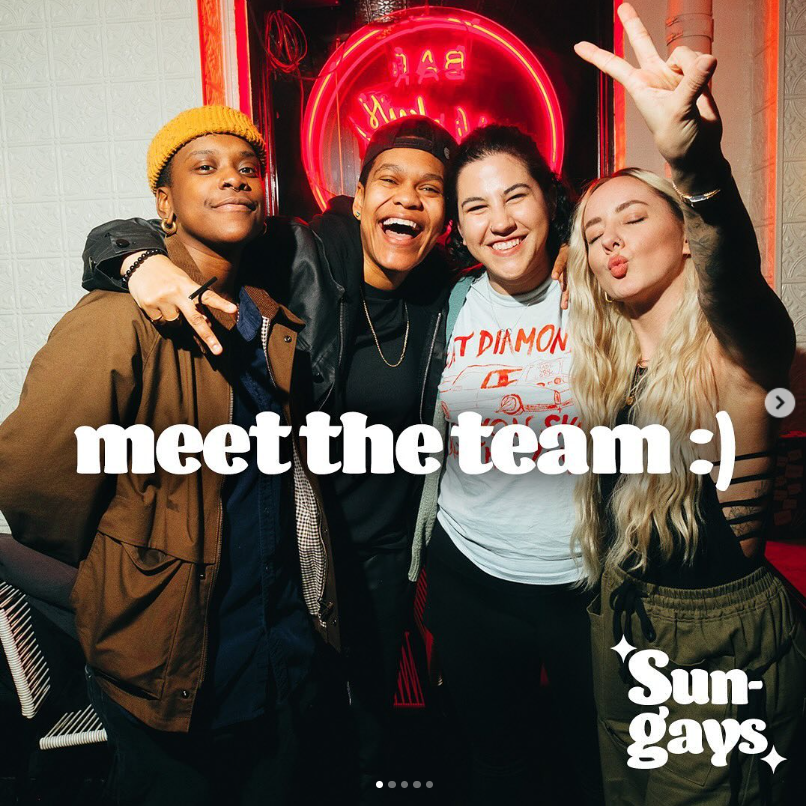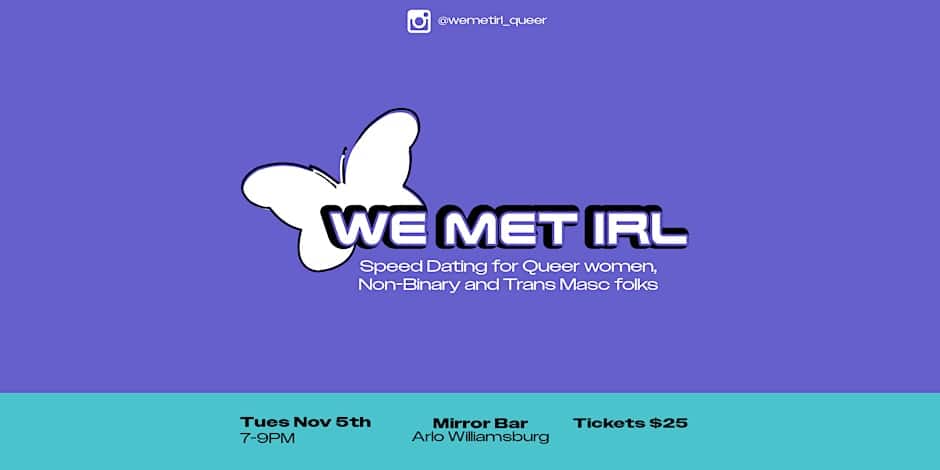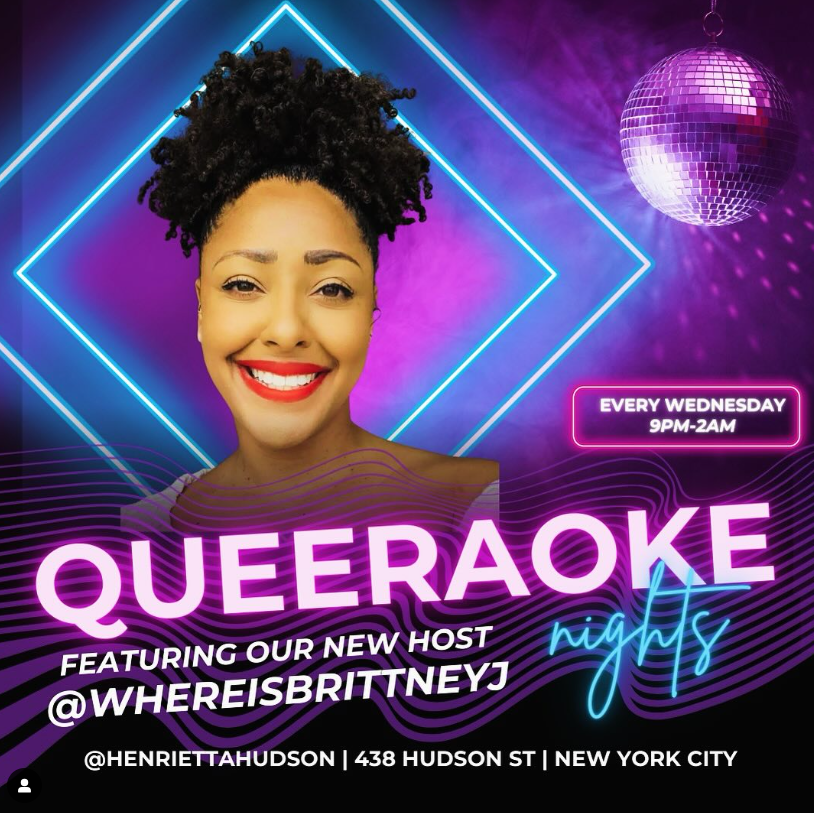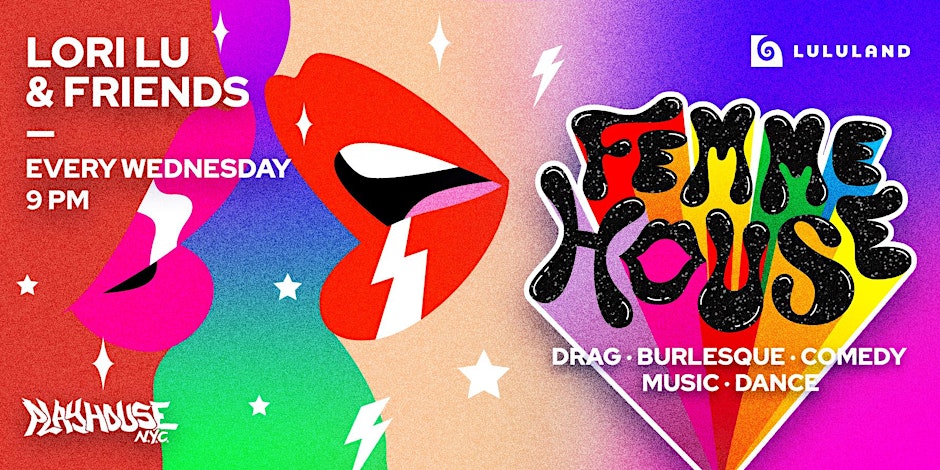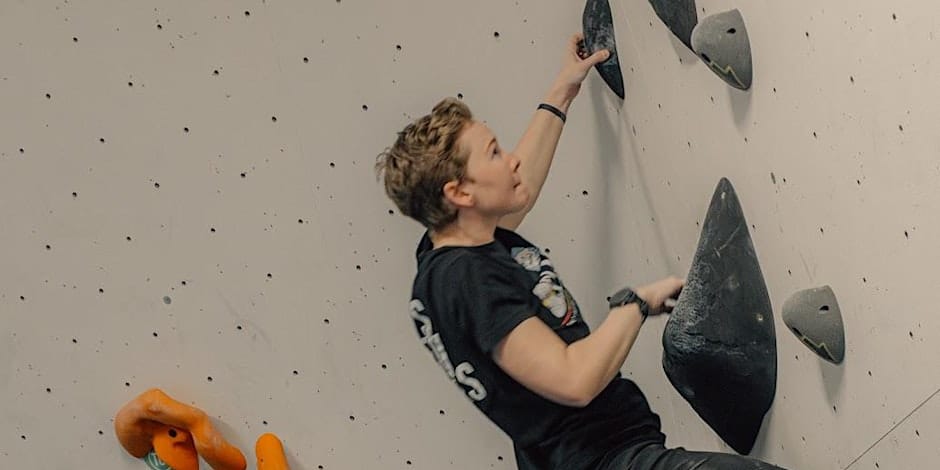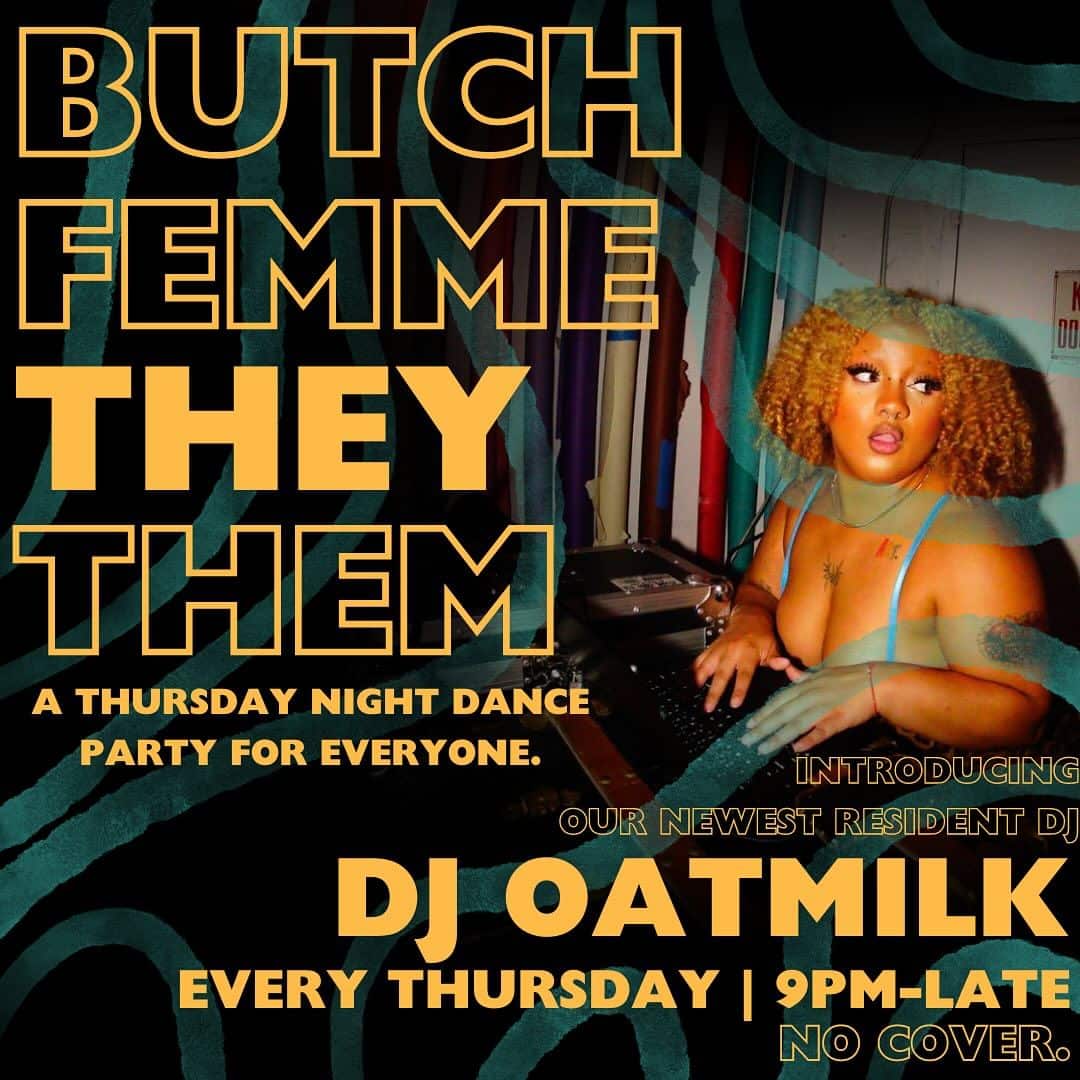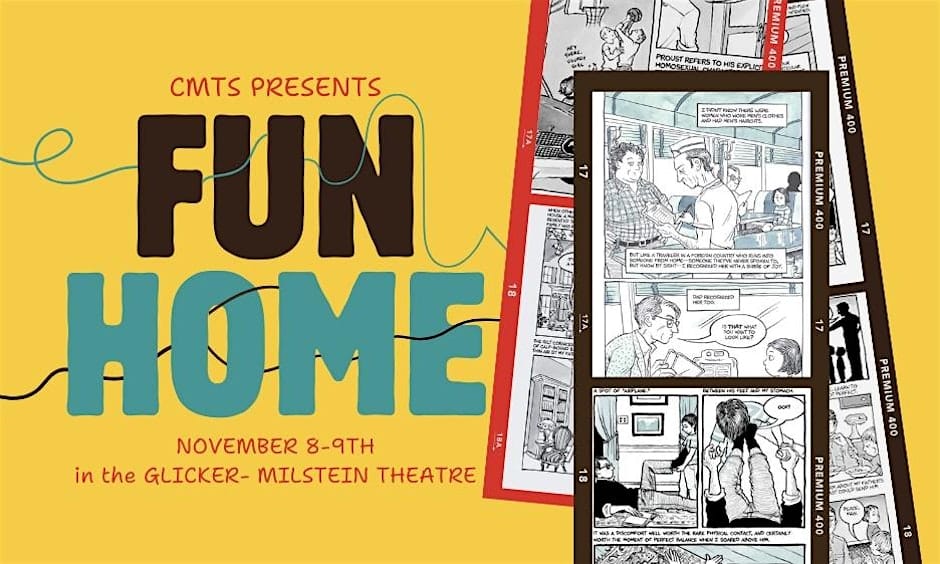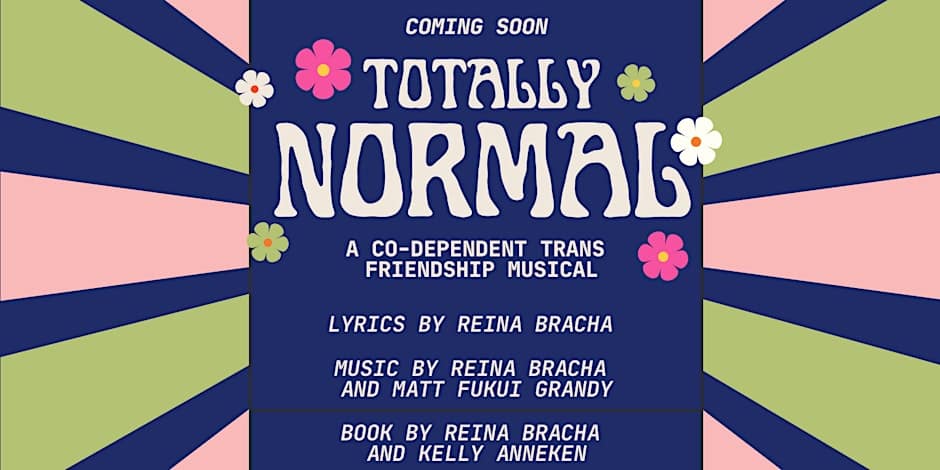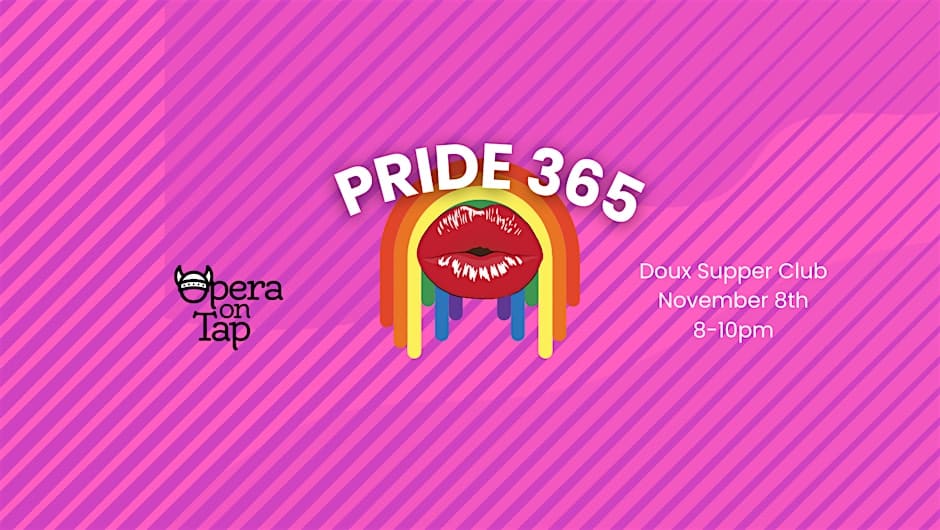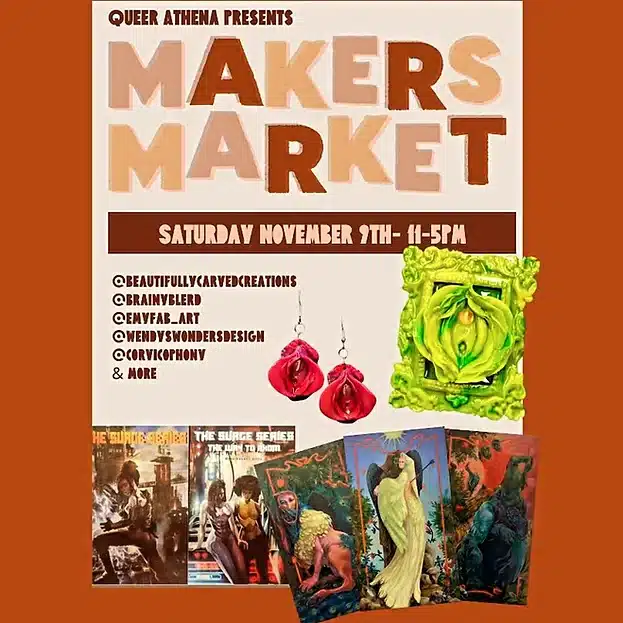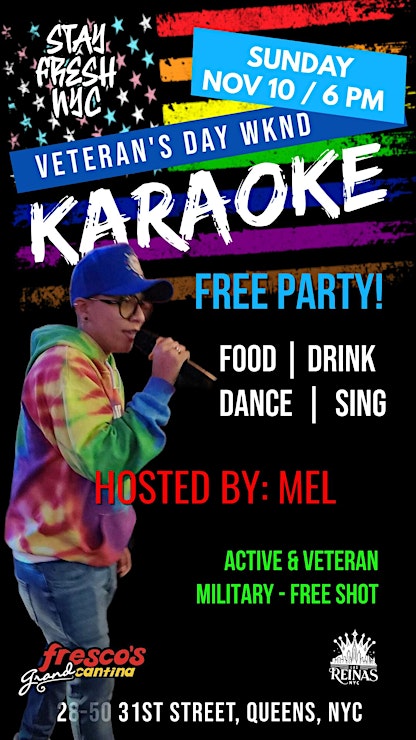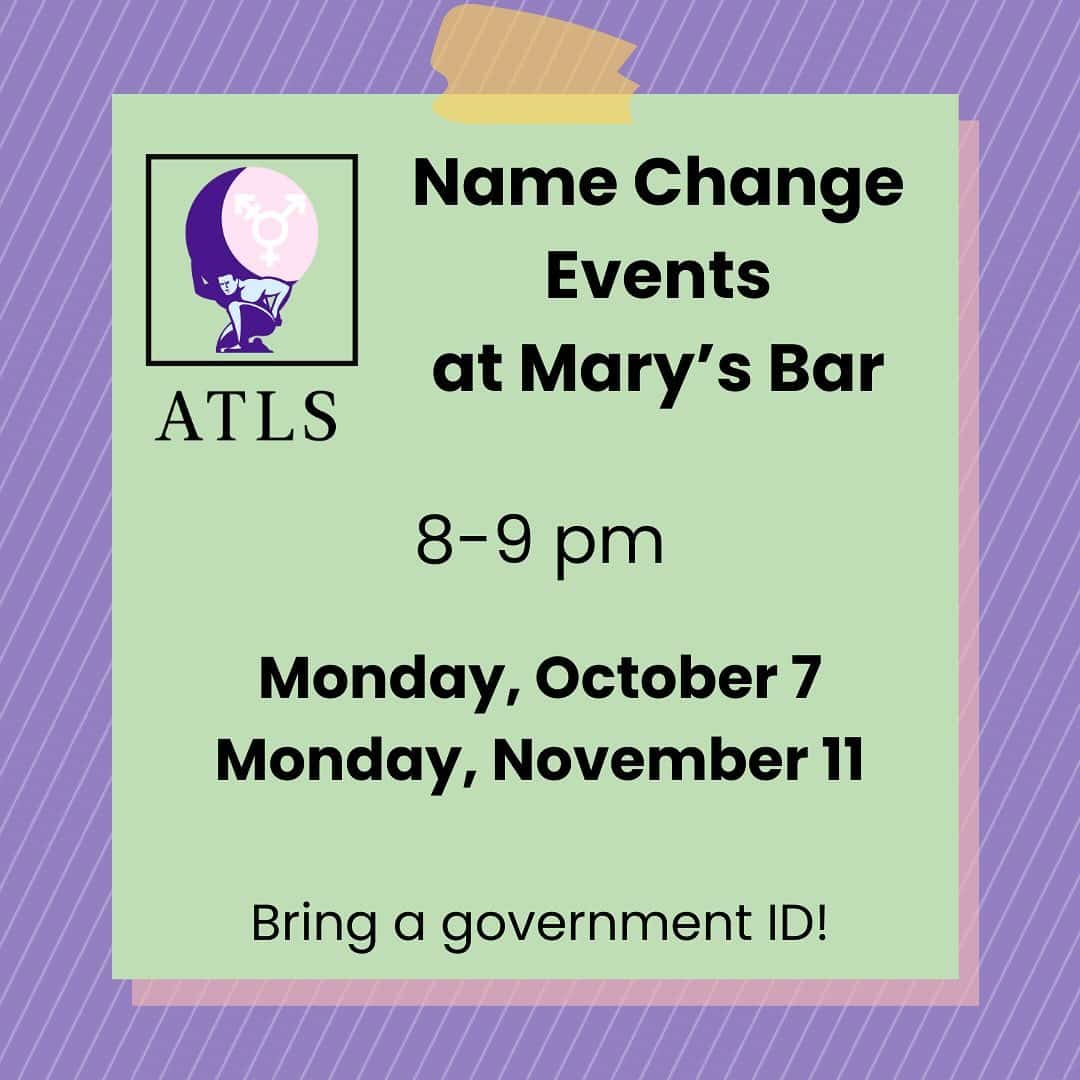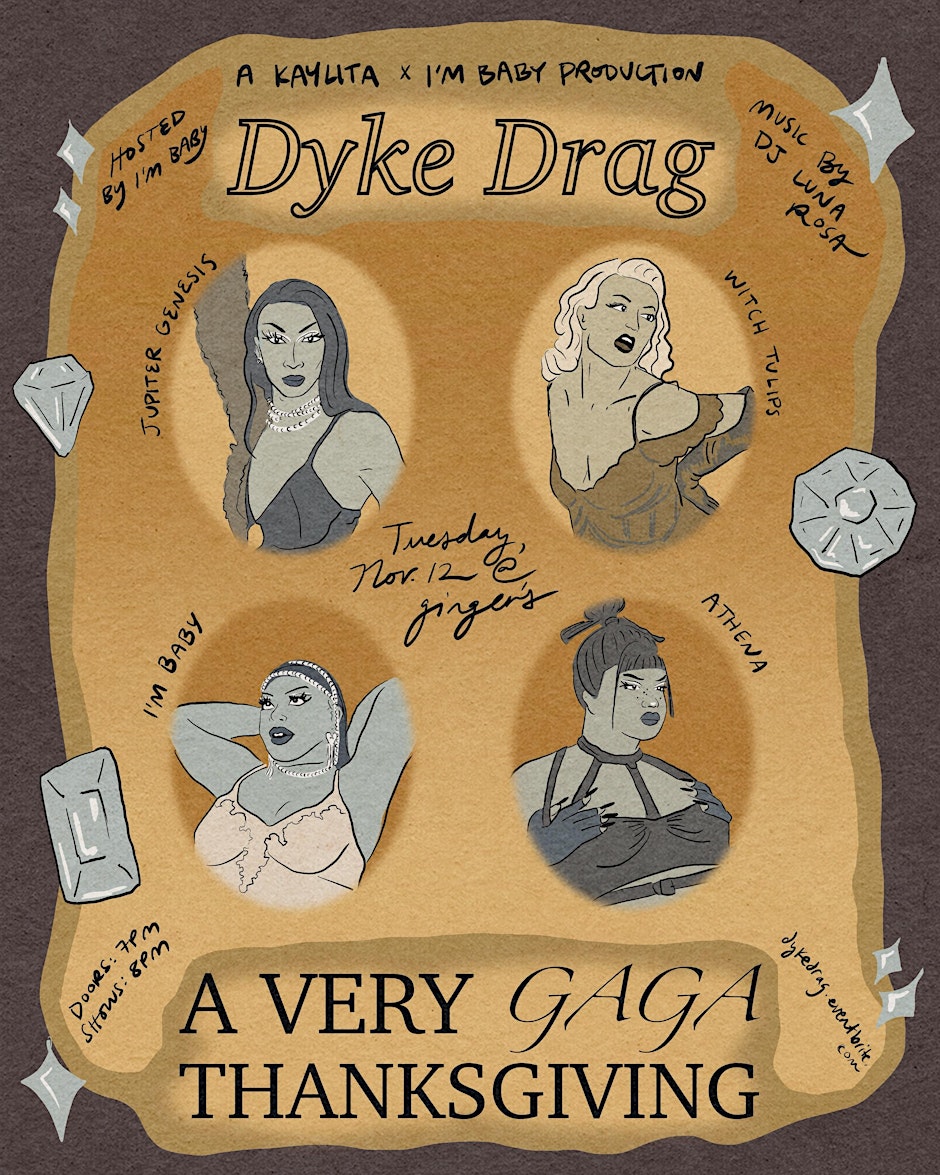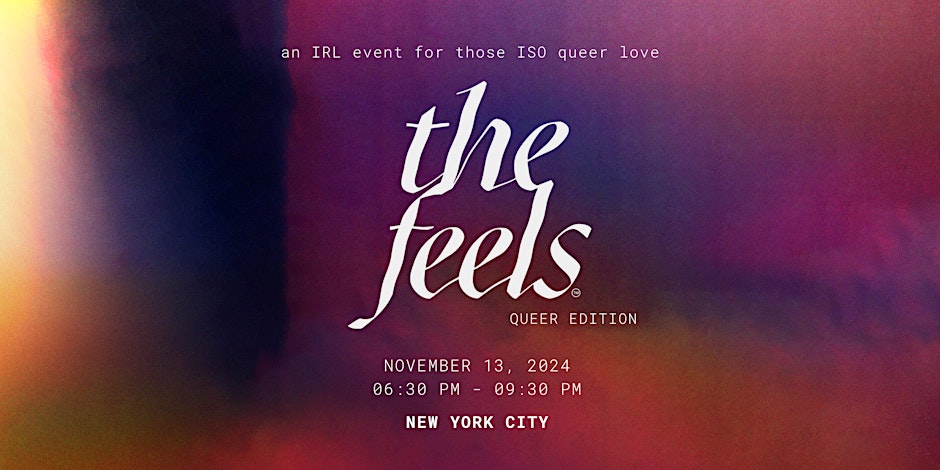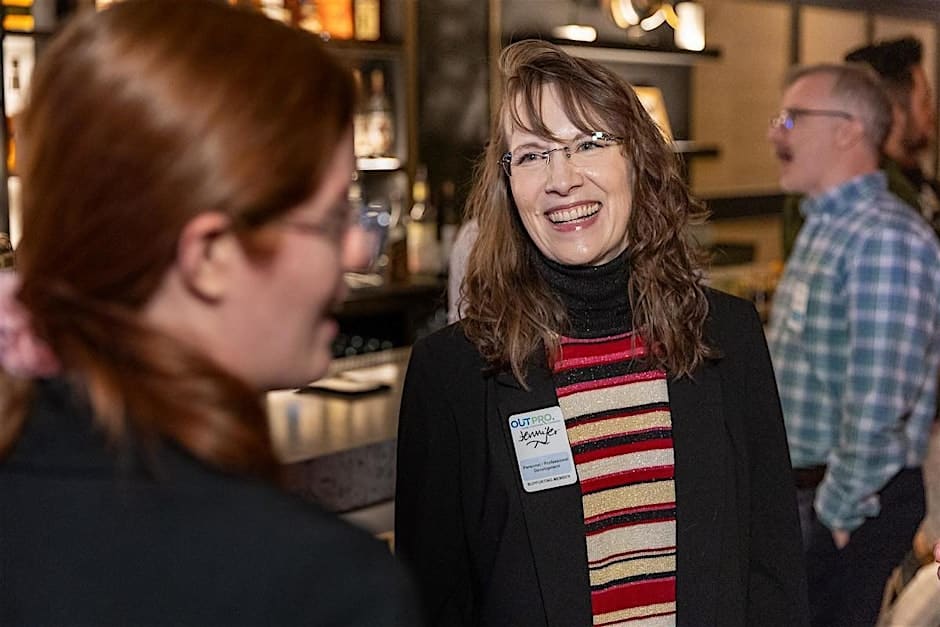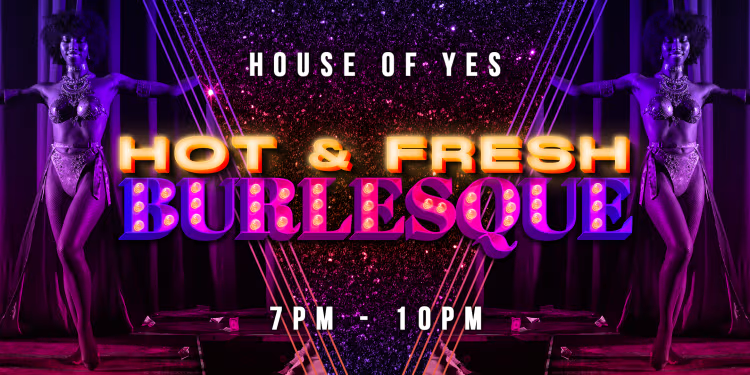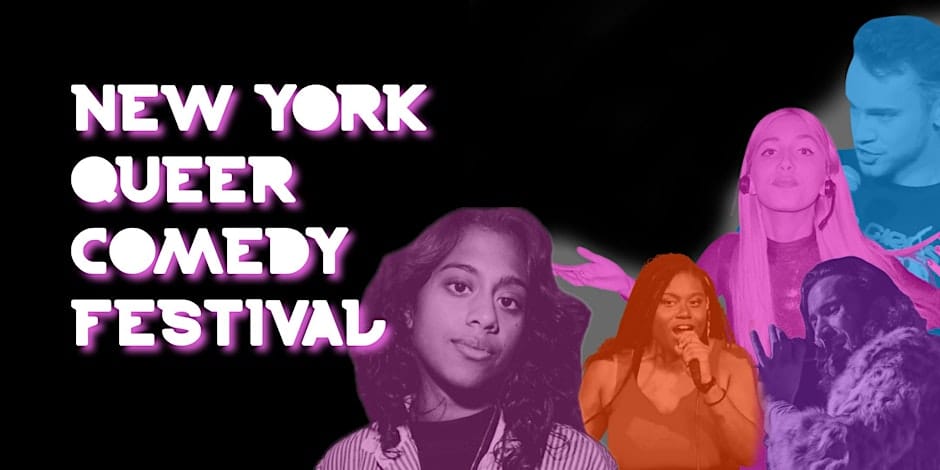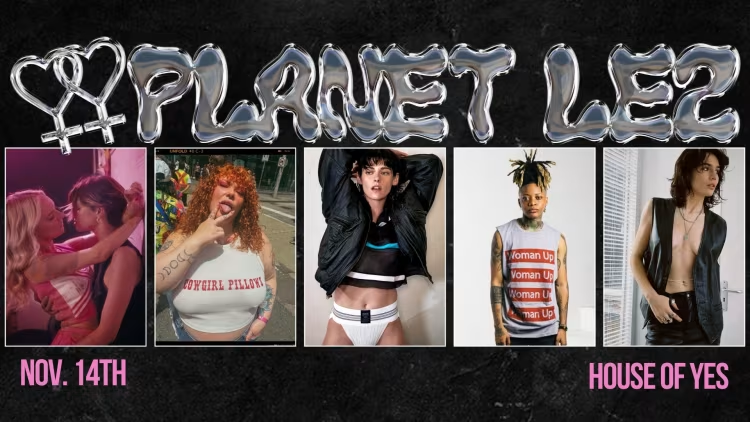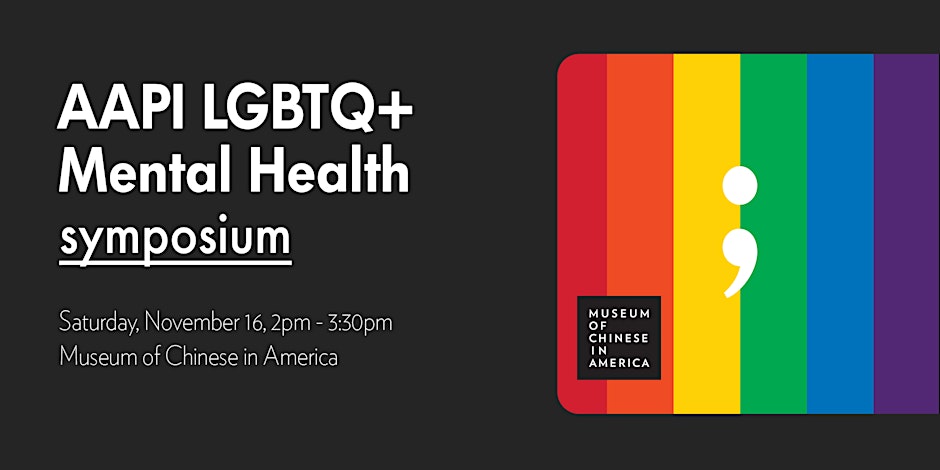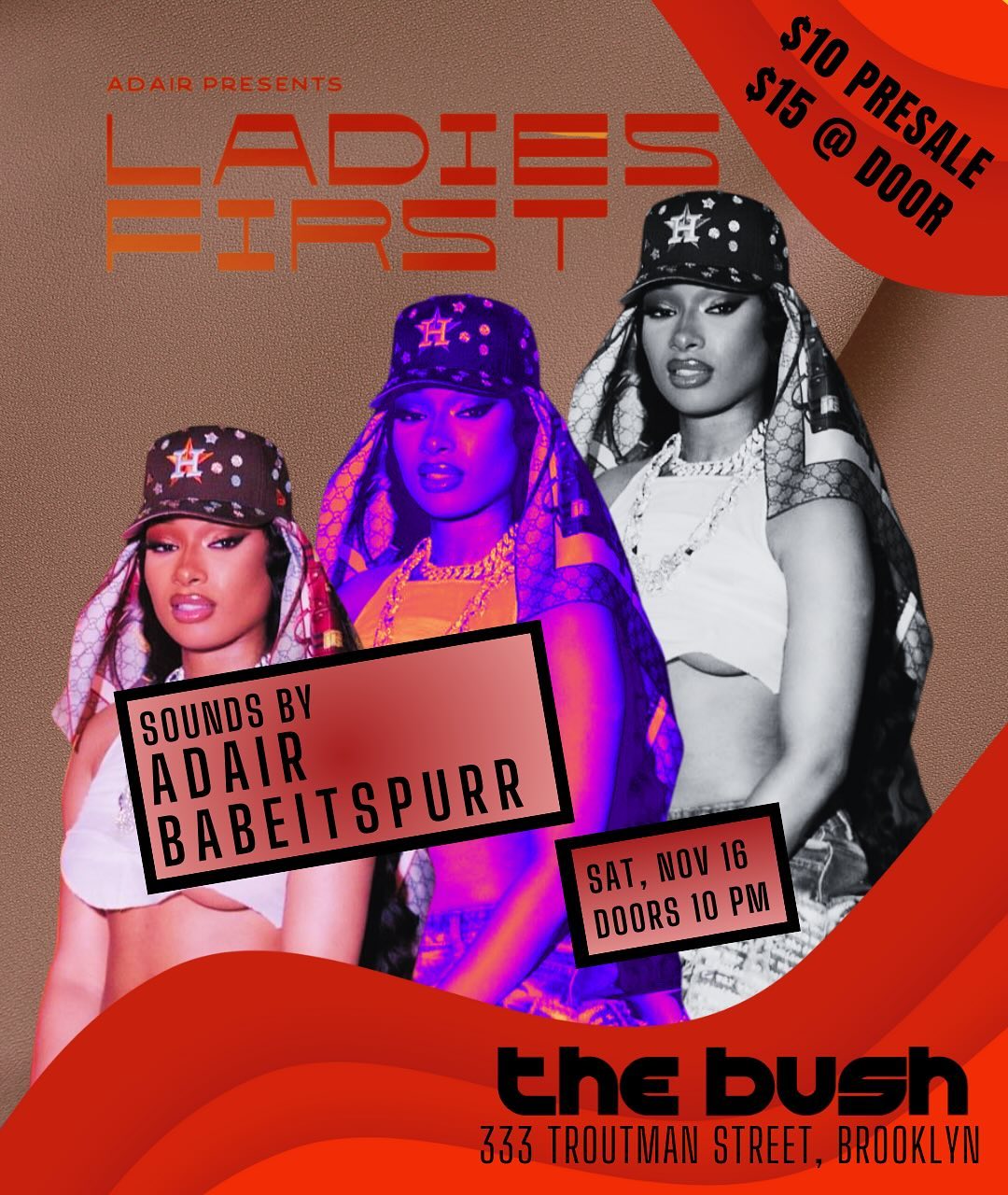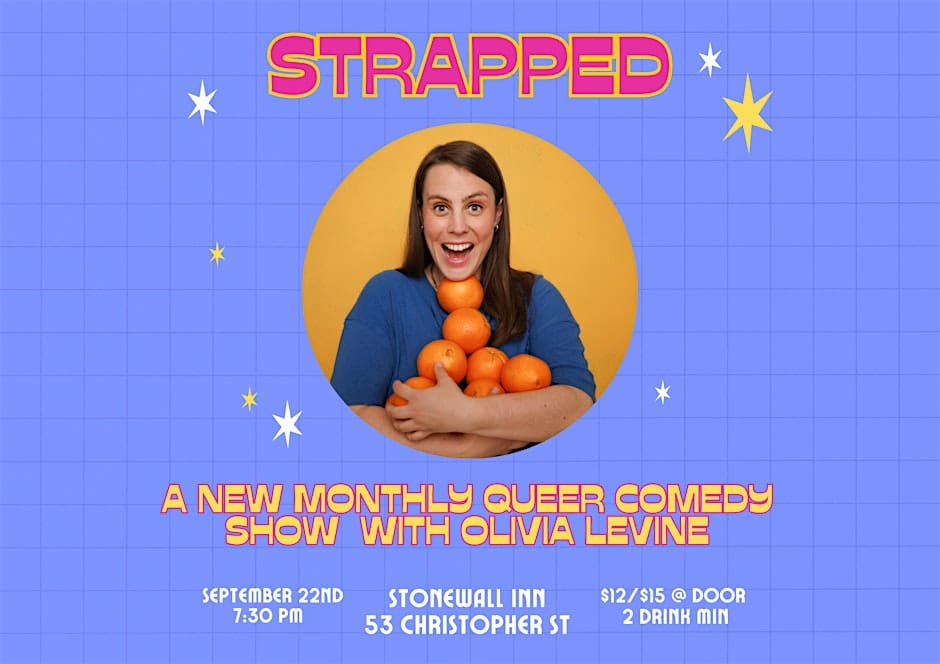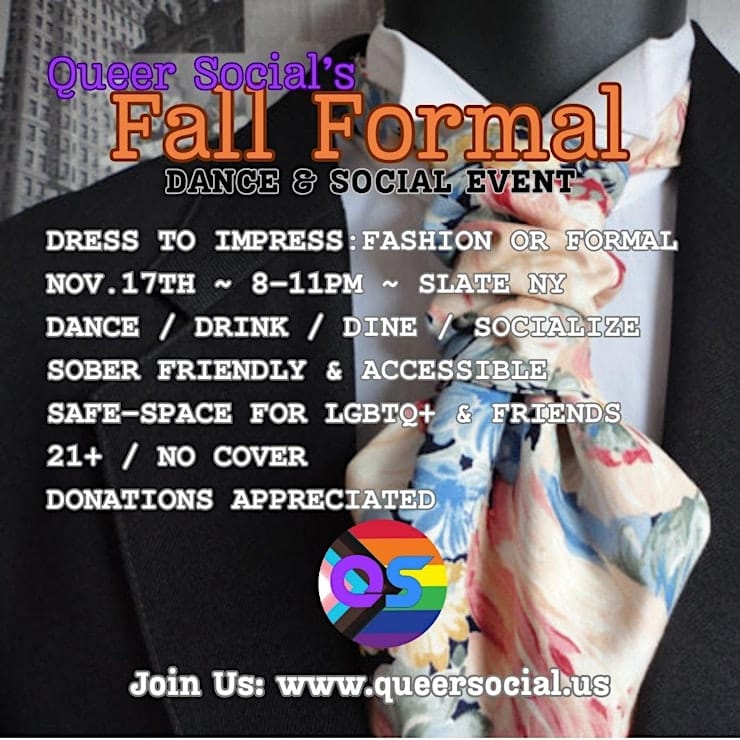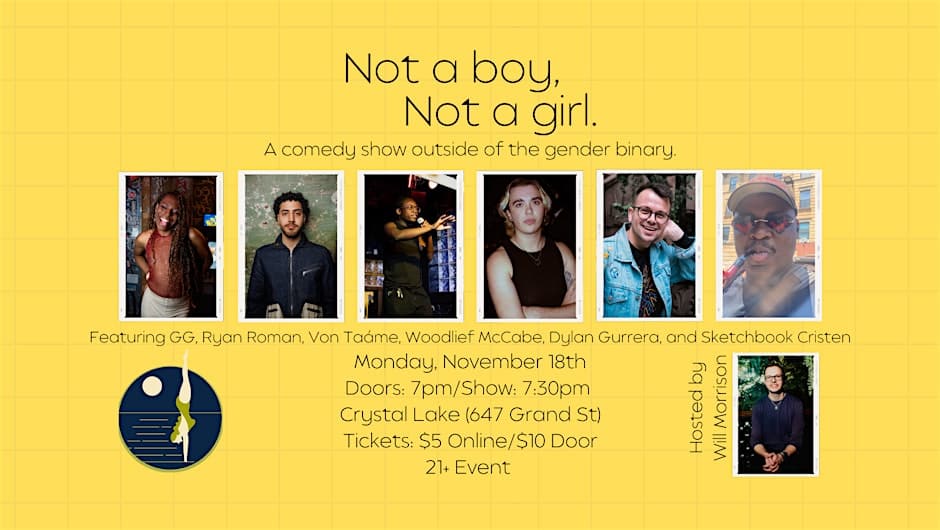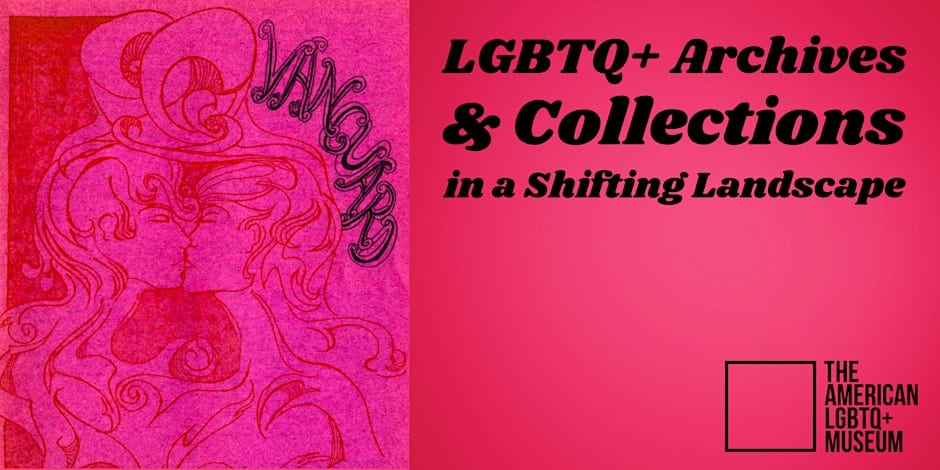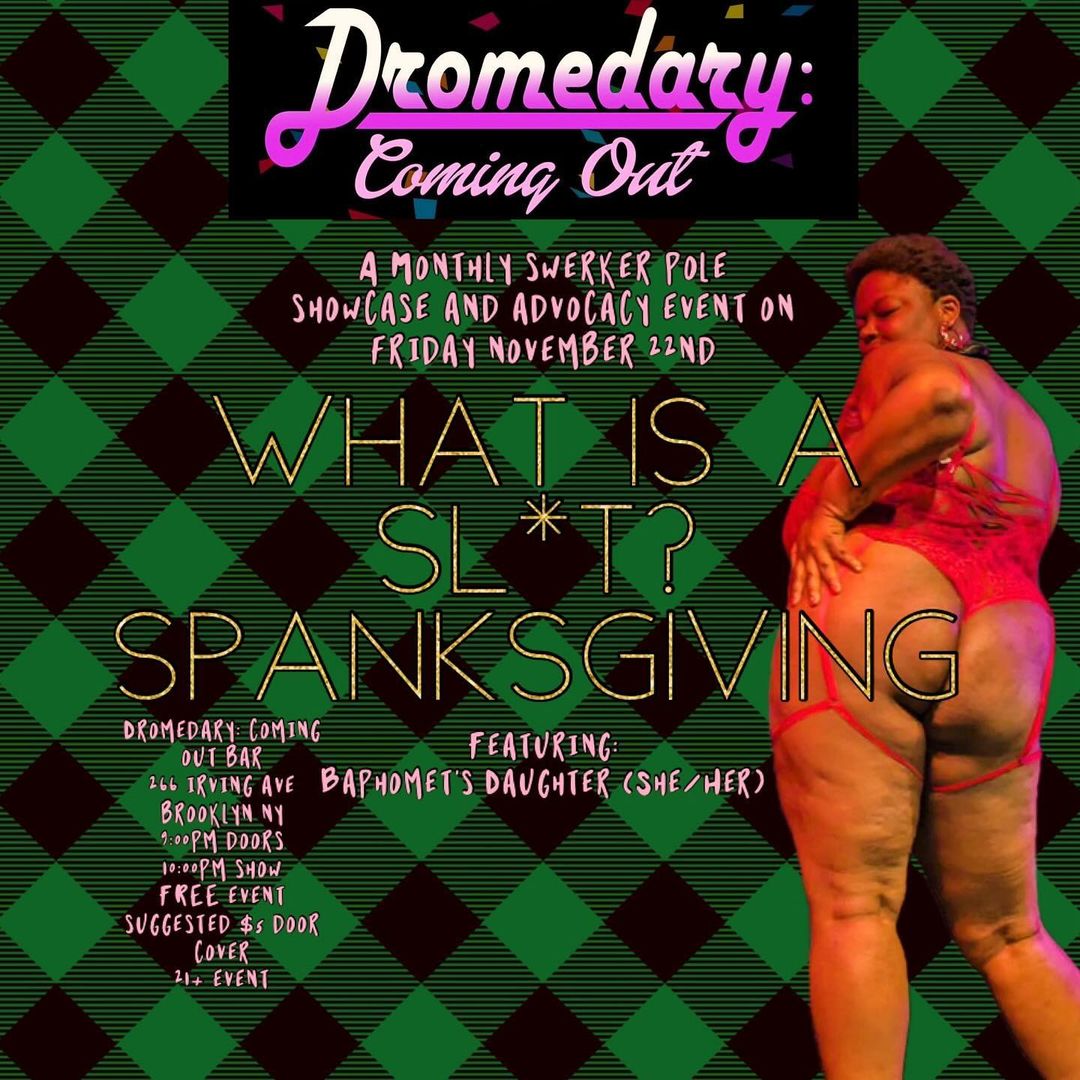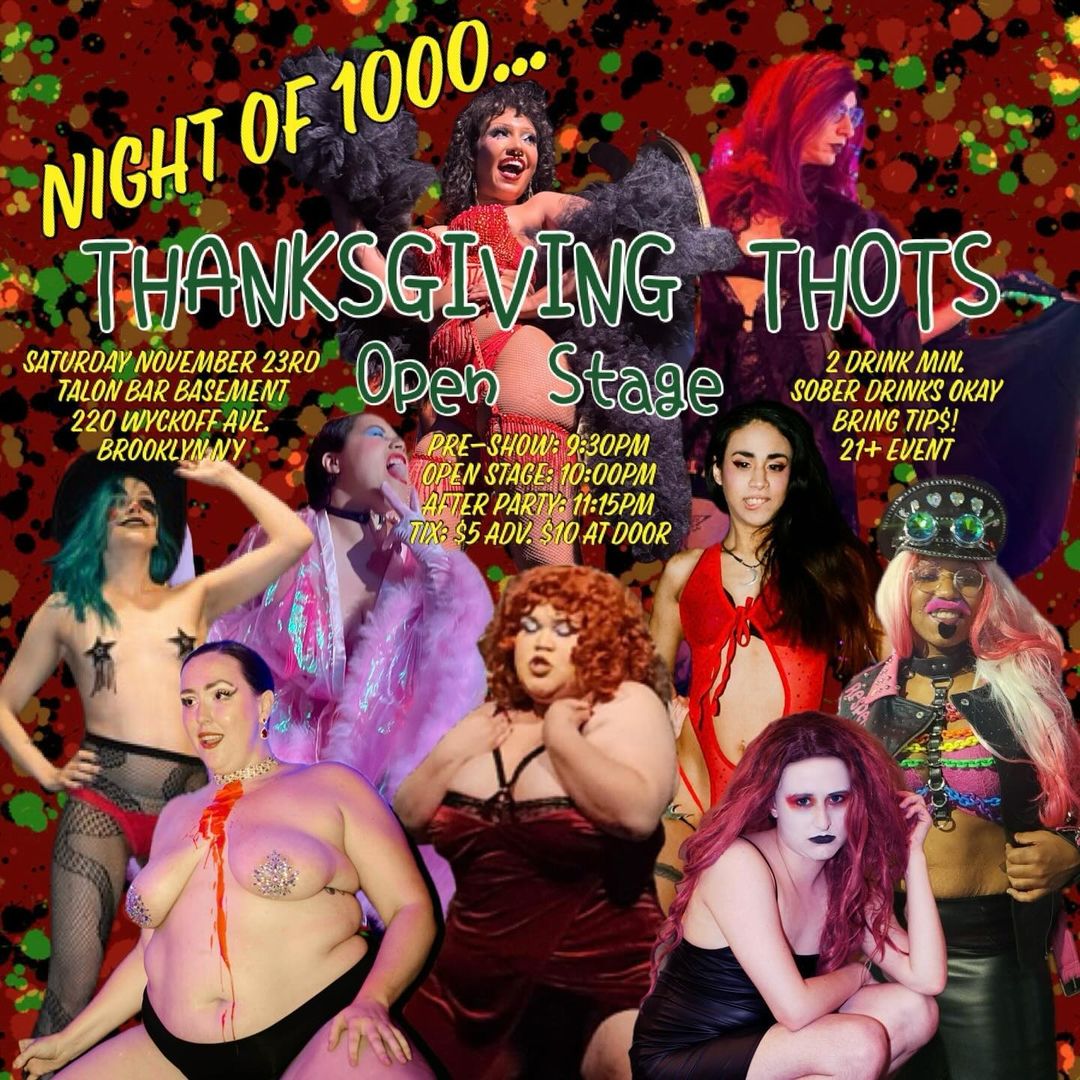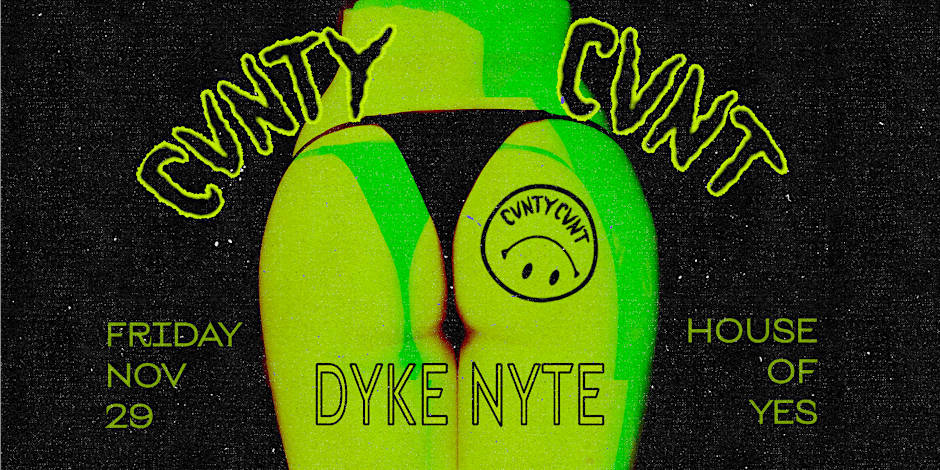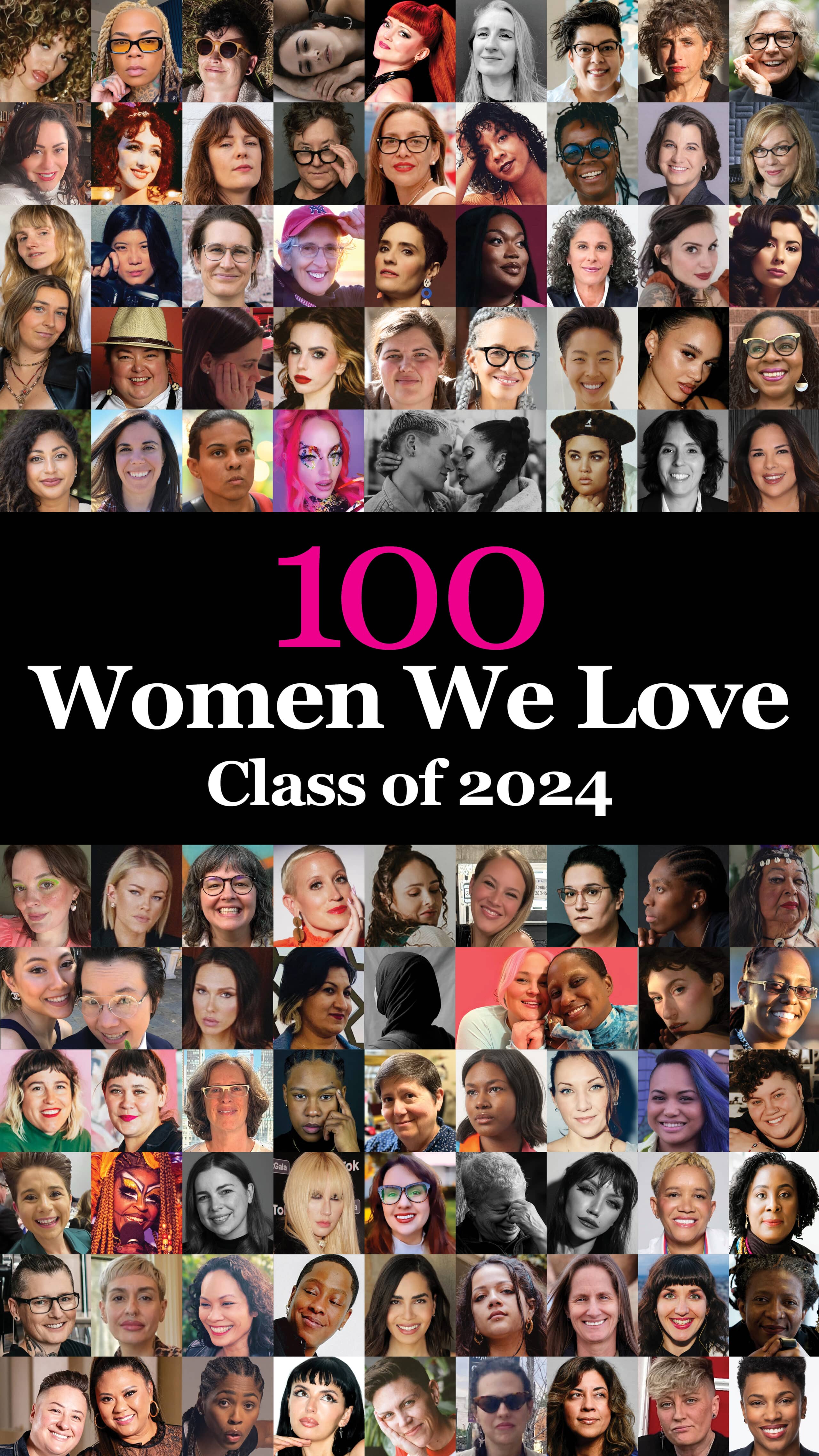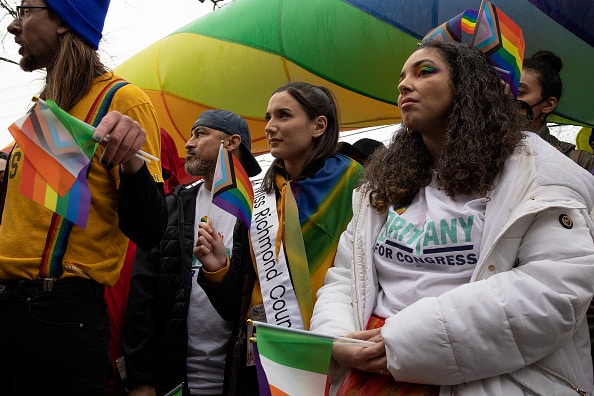The city of Berlin has garnered a reputation for being the queer center of Europe, not only because of the friendliness and open-minded personalities of the residents, but because the city has a long and vast history of being welcoming to the queer community. The first gay journal in the world, Der Eigene (“The Self-Owning”), was published in Berlin in 1896. The year following, a physician named Magnus Hirschfeld opened the Scientific-Humanitarian Committee, which became the first gay rights organization around the globe. Gay history in Berlin goes much further back than the late 1800s, though, and the deep roots of queer history continued into the era of world wars.
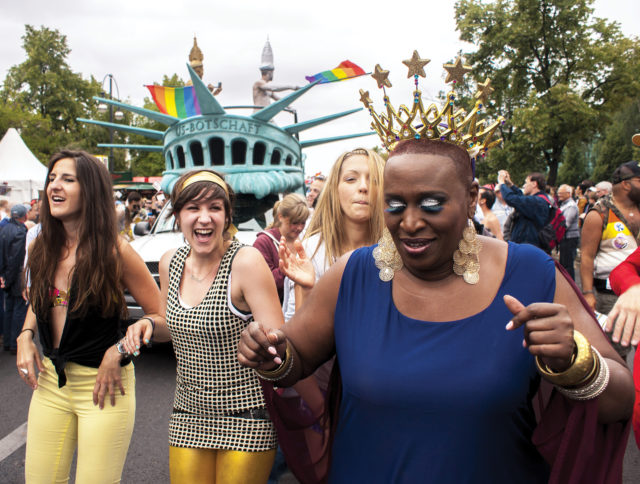
After World War I, Friedrich Radszuweit made sure that queer news continued to be shared. Rising to popularity, he established a network of gay publications, including Die Freundin, which is considered the first lesbian magazine in the world. During the period between World Wars, Berlin continued to grow in gayness. The Reichstag, Germany’s governing body, actually moved toward decriminalizing homosexuality in 1929, but the stock market crash in the fall of that year prevented a final vote on the matter. Queer pop culture also flourished during this time. “Mädchen in Uniform,” often called the first thoughtful representation of lesbians on-screen, was created by Leontine Sagan in 1931.
However, as World War II loomed on the horizon, queerness became less welcomed and more ostracized. The Institute for Sexual Science, an organization that was founded in 1919 and campaigned for gay rights and tolerance, was ransacked and its library burned a mere three months after Hitler came to power. As the war ended, queer people returned to attempting to carve a space out for themselves in the now-divided German nation. It wasn’t until the 1970s that a gay rights movement was strongly recognized in West Germany. This activism is what inspired those in East Germany to eventually form their own gay rights organizations.
After going through such a rocky but visible history, Berlin’s queer community is here to stay. With a renewed ideology that allows for more queer-only locations, kink and fetish spaces, and a wide range of activities specifically catered to gay residents and tourists, the worldwide queer community has accepted Berlin as a top destination. With so many cool spots to walk around and be gay in, we compiled a guide to your next queer adventure. Marta Helm, former Berlin resident and reveler, dropped in to give us the inside scoop on the queer and lez hot spots.
Neighborhoods
Within the city limits, there are a number of neighborhoods and spaces that cater to the queer community, but there are two main areas that the gays flock to. The first is Schöneberg, which has been the most well-known gay Berlin neighborhood since the 1920s. It’s a big area, though, so it’s recommended to stick to the streets near the Nollendorfstraße U-Bahn station if you’re looking for the highest compression of gay-friendly spots. There are bars, restaurants, shops, and cafés that proudly display rainbow flags and are welcoming to the gay community everywhere in this area. Truth be told, this is an extremely commercialized area; however, Schöneberg was the center of the gay rights movement in Berlin, so it’s worth a stroll down the rainbow-packaged streets to experience the place so many gay women before you have. It’s necessary to note that, while the neighborhood is lesbian-friendly and welcoming to anyone in the queer community, it has a reputation for being overwhelmingly male. That doesn’t mean it’s off-limits for gay women, though, so we suggest reveling in the beauty of this queer locale.
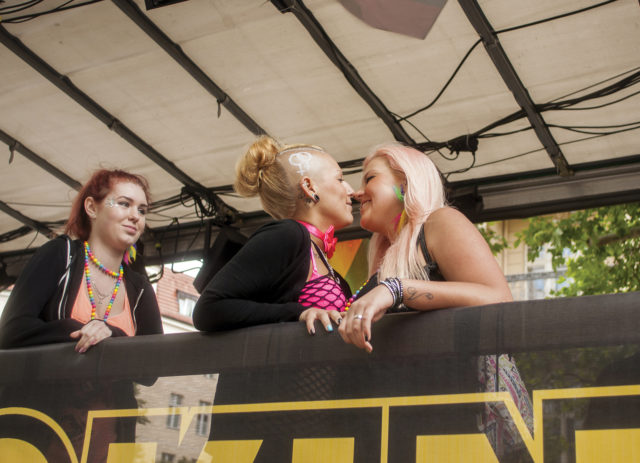
The second area we suggest checking out is the more lesbian-centric neighborhood: Kruezberg. Lesbians frequently gather in this area, and the Dyke March, a Pride-like march for lesbians, begins in this neighborhood. While there are no truly distinct lesbian places left, the vibe is obviously queer woman-friendly. If you decide to take a stroll down the streets of Kruezberg, there are a number of shops to pop your head into. The neighborhood used to be a predominantly Turkish area, so, if you have the chance to stumble into a Turkish street food shop, you absolutely should. Marta advises, “Definitely order a ‘Halbes Hänchen mit pommes’(half chicken with fries), but, don’t forget to say ‘bitte”’and ‘danke’ (‘please” and “thank you’).”
Things To See
Once you’ve finished strolling along the gayest streets in the city, there are a number of queer women-oriented spots to check out during the daytime. One such place is Begine (begine.de), a cultural center exclusively for women. It was founded in 1986 by a group of women who were looking to provide a place to meet others and better themselves. Designated as a historic location, it is the last major independent women’s project that was able to develop without being threatened by rent increases in the city within the last 25 years. Begine is a well-known lesbian spot where you can go to find lesbian magazines and event listings for the city. There’s also a café where you can do more than snack; the eatery holds regular parties that appeal to an alternative and feminist crowd. If you’re more interested in engaging in the center’s cultural programs, they host a variety of talks, discussions, and workshops. If you’re looking for the more lesbian-centric events, Begine also regularly holds women-only meet-ups, so you can meet your new queer friends or the feminist, queer, culturally educated German woman of your dreams.
Another great women’s center to check out is the Schokofabrik (“Chocolate Factory”) (schokofabrik.de), which has a long history of feminism and lesbianism in Berlin. The center began as a squat, but it was reinvented by a group of women to be a space for others to gather and build community. The Schokofabrik offers a number of activities, including political and cultural events, advice for women, and even furniture workshops for the handy butch. The main selling point for the center is a women-only Turkish bath, or hamam, that is a popular meeting and cruising spot for lesbians in the city. The hamam not only offers a steam room and sauna, but massages and Turkish refreshments as well. The Schokofabrik is a great place to go if you’re looking to dip your toes into the Berlin lady pond.
If you’re looking to inject a bit more tangible history into your trip, check out the Spinnboden (schokofabrik.de). Originally called “Spinnboden – Archive for the Discover and Preservation of Woman Love e.V.,” it’s a cultural project that was born in the early 1980s. Homosexual Action West Berlin (HAW), an LGBTQ group that was active in Berlin in the ‘70s and ‘80s, started to document its lesbian work in 1973 through a collection of logs, flyers, posters, and press releases. This collection is currently Europe’s oldest and largest lesbian archive and historical documentation for academic research. Aside from its exhibits, the Spinnboden also hosts events as well as borrows out parts of its collection. The project also hosts meet-ups for lesbian, bisexual, and transgender women. Overall, this is a great place to go to get a feel of the lesbian history of Berlin. With so much of the city’s gay history discussing men, the Spinnboden is an in-depth and informative guide into the struggles and achievements of the German lesbian community.
Another great museum to check out is the Schwules Museum (schwulesmuseum.de). The only of its kind in the world, it documents the LGBTQ life and struggles in Berlin. The collection actually began as a singular exhibit on gay men and women in the city and was a collaboration between three male students and a group of lesbians. The exhibit was called “Eldorado – the history, Everyday Life and Culture of Homosexual Women and Men 1850-1950” and attracted over 40,000 visitors (and a fair share of controversy) during its showing. Based off of this success, the Schwules Museum was founded in 1985 to be a sort of permanent Eldorado in its own dedicated location. The museum houses a mixture of permanent exhibits, rotating shows, and a non-lending research library for visitors with extremely curious minds. If you’re looking to get both a general overview and an intense look into the history of all queer communities in Berlin, this is definitely the place.
While women’s centers and museums are a great way to educate yourself about the history of the lesbian scene in Berlin, the Memorial to the Homosexuals Persecuted under the National Socialist Regime is a good way to honor the people you’re learning about. Tourists often visit the Memorial to the Murdered Jews of Europe, and this site is just as important when remembering the terrors of the past. During the reign of the National Socialist Regime, aka the Nazi party, gay Germans faced persecution to an unprecedented degree. A kiss between two people of the same sex was reason enough to persecute someone. Punishments included imprisonment, castration, and being sent to concentration camps. Feeling responsible for the actions of the past, and after a decade of calls for a monument, Germany passed a resolution in 2003 mandating a memorial to those who were persecuted under the Nazis. The memorial itself is fairly small–essentially a rectangular prism that extends straight up into the air–but it does have a small viewing window so visitors are able to see the film of remembrance playing inside. The Memorial to the Homosexuals Persecuted under the National Socialist Regime may be the most solemn recommendation on this list, but it’s also historically and culturally important to see how far Berlin has come.
If you’re the type of lesbian who swoons over books and girls in glasses, one of the most stylish places in Berlin is Hopscotch Reading Room. It’s a super cute, somewhat small shop, but the queer community packs in like sardines to view abstract performances and peruse the shelves of obscure gay literature that flank its walls. “You’ll be happy to know that the queers of Berlin read like it’s going out of style,” Marta says. She continues, “If you’re looking to take a queer creative writing workshop, another cute place to spot the a pansexual art school dropout of your dreams is Das Kapital.” This neighborhood pub holds a number of events, book launches, and performances by queer authors and artists.
If you’re less about books and more about dancing and slaying on Instagram, you should head to one of Berlin’s many music and arts festivals. A couple pretty queer ones we recommend are Dice Festival (dice.berlin) and We Make Waves (https://wemakewaves.de). Both of these festivals are chock full of queer and trans artists that will make you dance for hours and engage your mind in equal measure.
“I’ve gone to Dice and We Make Waves for the past two years and have yet to be disappointed by their line up of talented queer folks,” Marta notes. “Both are also free to attend if you volunteer.”
One act in particular to look out for at these festivals is the Black PoC DJ collective Hoe_Mies. It’s well known that this duo is responsible for some of the best, most inclusive, and respectful queer parties in Berlin. “They also have a no harassment policy at all of their events that pairs queer femme folks with party buddies to make sure that everybody has a good time and that no straight men can creep on all the good ol’ queer fun,” Marta tells GO.
Of course, it’s important to spend some time celebrating the history of WorldPride while you’re checking out Berlin. The best place to do this is at the Christopher Day Parade, which honors the legacy of the Stonewall Uprising from across the ocean. Named after the street that The Stonewall Inn resides on in New York City, hundreds of thousands of LGBTQ individuals and allies attend a march that includes floats, music, and plenty of dancing. Christopher Street Day was first celebrated in 1979 and has now grown into what’s known as the biggest lesbian and gay holiday throughout Germany.
Once you’ve taken the time to stroll through the city and appreciate the queer history, it’s time to become the typical tourist. There are a few can’t-miss attractions that aren’t necessarily queer, but that are definitely worth checking out. There’s no better way to get a sense of Berlin than to see its sites and landmarks.
The Berlin Cathedral, aka Berliner Dom, is one of the main landmarks in the cityscape. The Berlin Cathedral was built as a church court to the Hohenzollern dynasty that ruled Prussia and later became the German Emporers. Today, the site serves the Protestant community in Berlin and the surrounding areas, though it’s open to all respectful visitors. The church was fully renovated in 1993 and a new golden cross was added to the Baroque-High Renaissance exterior. The interior is gorgeous as well, made up of elaborate decorative and ornamental designs, high ceilings, and gorgeous marble columns.
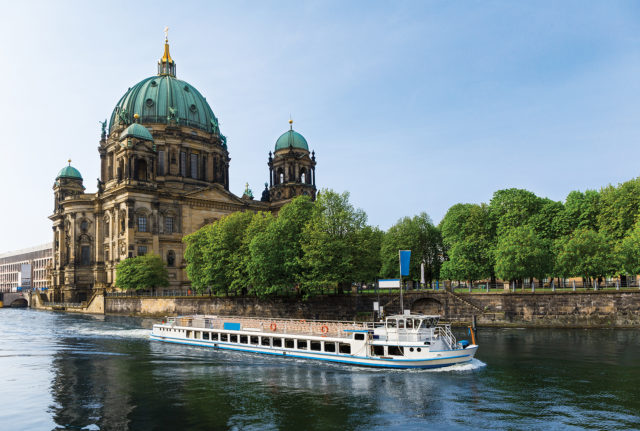
The East Side Gallery (eastsidegallery-berlin.com) is an open-air gallery featuring a section of the Berlin wall that infamously separated East and West Germany during World War II. Officially designated as a Denkmal, aka a heritage-protected landmark, the section of the wall features a number of well-known murals that celebrate the fall of the Berlin wall and the joy of freedom. Checking out the Berlin wall is a can’t miss on your trip to the European city.

Another great sight to check out on your Berlin trip is the Brandenburg Gate. Built between 1788 and 1791, the Brandenburg Gate is a neoclassical monument originally meant to celebrate the once-successful return of order during the Batacian Revolution. Nowadays, the gate is a monumental entry to Unter den Linden, a famous boulevard lined with linden trees, and is considered a symbol of both Germany’s turbulent history as well as its unity and peace.
One block away is the Reichstag (bundestag.de/en/), which was constructed to house the German parliament and opened in 1894. The building was severely damaged in a fire in 1933 that contributed to the start of World War II and fell into disuse after the end of the war. After a number of reconstructions, the Reichstag reopened in 1999 as the meeting place of the modern German Parliament. If you have a chance, check out the 360-degree observation tower in the dome of the historic building; you even get to peek into the chambers of Parliament!
If you’d rather float leisurely down the river to soak up the city’s history than walk for hours on end, a great suggestion is the River Cruise Historic City Cruise (berlin.de/en/tourism/rivercruises-boattrips/). This hour-long cruise begins in Friedrichstraße and passes a number of popular attractions, including the House of the World’s Cultures, the Government Quarter, Museum Island, and more. A cruise is a great way to see everything you want to see in the shortest period of time. Plus, you can take beautiful Instagram pictures.
Nightlife
At the end of a long day, you probably find yourself wanting to retire to your hotel, put on sweatpants, and take some time to chill out. However, that’s not how they do it in Berlin. If you’re looking for an authentic experience, exploring the nightlife is a must. Simply put: Berlin is the hub of nightlife in Europe, if not the world. While many of the gay bars cater mostly towards men, there are still a number of lesbian-centric events and venues left for queer women to enjoy.
If you’re looking to break it down to queer tunes spun by queer babes, Südblock (suedblock.org/wp/) is the place to check out. With a huge bar and an even larger patio, the music venue has a predominantly lesbian and international clientele. It also hosts a number of lesbian-specific nights. The spot takes on a lounge-like atmosphere at around 9 p.m., but the dancing and turning up doesn’t begin until around 11 p.m. After you’re done spending all night rocking out , you’re probably going to be hungry. Luckily, Südblock’s brunch is a staple in the queer Berlin community; it offers a fairly cheap and very diverse buffet (including vegan options) that you can enjoy under a ceiling adorned with a number of disco balls.
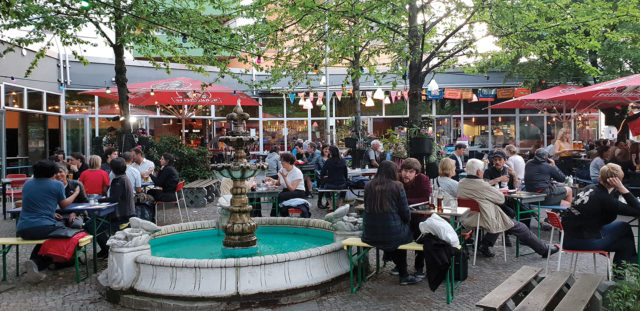
If you’re looking for more of a bar then a club, we’ve got you covered. Silver Future (silverfuture.net/cms/) is basically the Henrietta Hudson or Cubbyhole of Berlin’s queer nightlife, aka it’s cozy but comfortable. The bar is often considered the most flamboyant gay bar in the city; in fact, there’s a sign at the entrance that proudly states “congratulations, you just left the heteronormative sector,” and the bar’s motto is “for kings and queens and criminal queers.” The décor is a bit wacky, the space is adorned with a multitude of colored lights, and the bartenders are proudly punk. It’s hard to pin down the exact vibe of Silver Future, and the diverse clientele doesn’t help much. That’s what makes it so amazing.
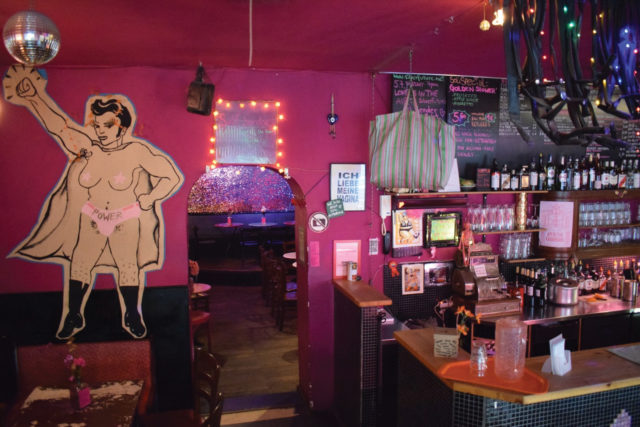
In general, it’s got an outrageous atmosphere that sees much more lesbian traffic than a lot of other gay bars in the city. It’s the sort of place you can go to with a group of friends and completely take over if you’re boisterous enough. It’s a great spot to try if you’re new to the city and want to find other queer people to talk to. Plus, once a month, they have a “New to Berlin” queer meetup just for those connections to be made.
For the musically-inclined queer (or the drunk belter), Monster Ronson’s Ichiban Karaoke (karaokemonster.de) is the spot to be at. Monster Ronson’s also has a bunch of private boxes that you and a small group can disappear to if screaming crowds of tipsy queers aren’t for you. If you’re looking for a way to woo your date (or the girl you just met), try taking her into a private box to do your own Karaoke make out session. If you decide to stop by the bar, Sunday and Monday nights are recommended, as they’re the queer-specified evenings. “There’s also a night once a week specifically for QPOC to go which can be a lovely distraction from the über whiteness of Germany,” Marta tells GO. In general, Monster Ronson’s Ichiban Karaoke is pretty queer, but, if you go on nights outside of Sunday or Monday, you’ll certainly run into a ton of straight people. There are also drag shows and other types of queer performances that happen on special theme nights.
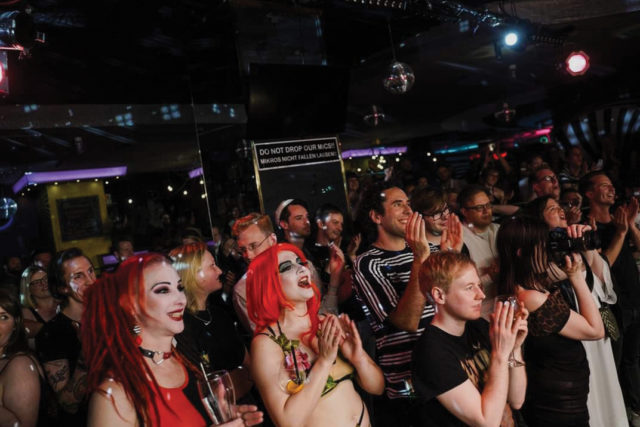
If you’re looking for something a bit more down-and-dirty, consider making it a long(er) night and heading out to the clubs for a night of electronic music and dimly-lit dancing. While a number of nightclubs are LGBTQ-friendly, many of the lesbian-heavy ones have shut down. Luckily, there are still a few spots for queer women to mingle, dance, and stay out all night.
Easily the most famous club in Berlin, Berghain is the place to go if you want to experience the iconic nightlife. Housed in a former power station, the industrial club features chains hanging from the ceiling, massively high slate walls, a world-class sound system, and eccentric lighting that make it well worth the 15 euro entrance fee. There’s also a delicious frozen yogurt bar on the third floor of the club for when you need a quick break and yummy treat in between DJ sets.
However, the most important thing to note about Berghain isn’t the atmosphere or amenities–it’s that getting into the club in the first place is no easy feat. The club has a well-deserved reputation for being remarkably difficult to get into; by the time you get to the front–which can feasibly take hours–most people are turned away for either wearing too much or not enough. If you’re in a group, break into pairs and show some skin to increase your odds. Being visibly queer in some way is also a major boost. If you’re looking for a non-appearance based way to raise your chances of getting in, try being calm, respectful, and looking completely uninterested, no matter how long you’ve been in line.
One last tip: be aware that your phone will be taken upon entry or you will be asked to put a sticker over the camera. This isn’t optional, as you’ll see so much queer debauchery at Berghain that the club doesn’t want it spreading on social media. If you’re planning on truly embracing the club’s vibe and letting loose, you probably wouldn’t want that either. The club is so exclusive that GO was refused photos when we reached out for them.
If you’d prefer a party that’s a little bit less intense but still promises a night of drinking, dancing, and debauchery, Room 4 Resistance Raves (room4resistance.net) are the perfect alternative. The parties are organized by Room 4 Resistance (R4R), a Berlin-based queer femme and non-binary forward collective that focuses on building community and creating safe and visible spaces for underrepresented artists. The organization puts on monthly body and sex-positive raves that feature both new and well-known dance musicians and DJs. If you’d rather not dance the night away, R4R raves also offer chill-out, ambient, and experimental floors, two darkrooms (one for non-binary, trans, and female-identified people and one for everyone), video installations, playgrounds, and more. No two R4R raves are the same experience. Unlike most Berlin nightlife, these parties open their doors at around 9 p.m., though the music doesn’t start until 10:30 p.m. and the dancing begins at midnight.
Two other great lesbian parties to check out during your stay in Berlin are L-tunes (l-tunes.com) and Girls Town (girlstown-berlin.de/index/). L-tunes is a monthly party that generally takes place on the last Saturday of the month in changing locations. With all music genres–from hip hop to EDM to pop–represented on different floors of the venues, anyone can find something to get down to at L-tunes. At Girls Town, a party that happens roughly every other month, queer women can experience glitter-filled nights, incredible DJs, and a welcoming crowd. With the vision of giving the perfect “girls night out,” Girls Town makes sure that your Berlin nights will be long and hot.
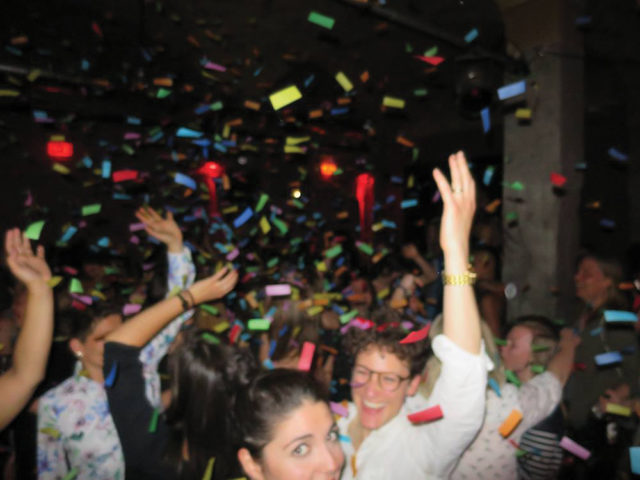
One thing’s for sure: Berlin has a lot to offer. Whether looking to take a nice stroll along the streets of a gayborhood or to lose control at a nightclub, there are a number of queer spaces to check out. With so many queer folks flocking to the city in the spring and summer months, it’s a lovely place for your next gaycation. There’s nothing you can’t do in the European city. From gay celebrations, to queer karaoke, to down and dirty dancing, there’s something for every queer in Berlin.


